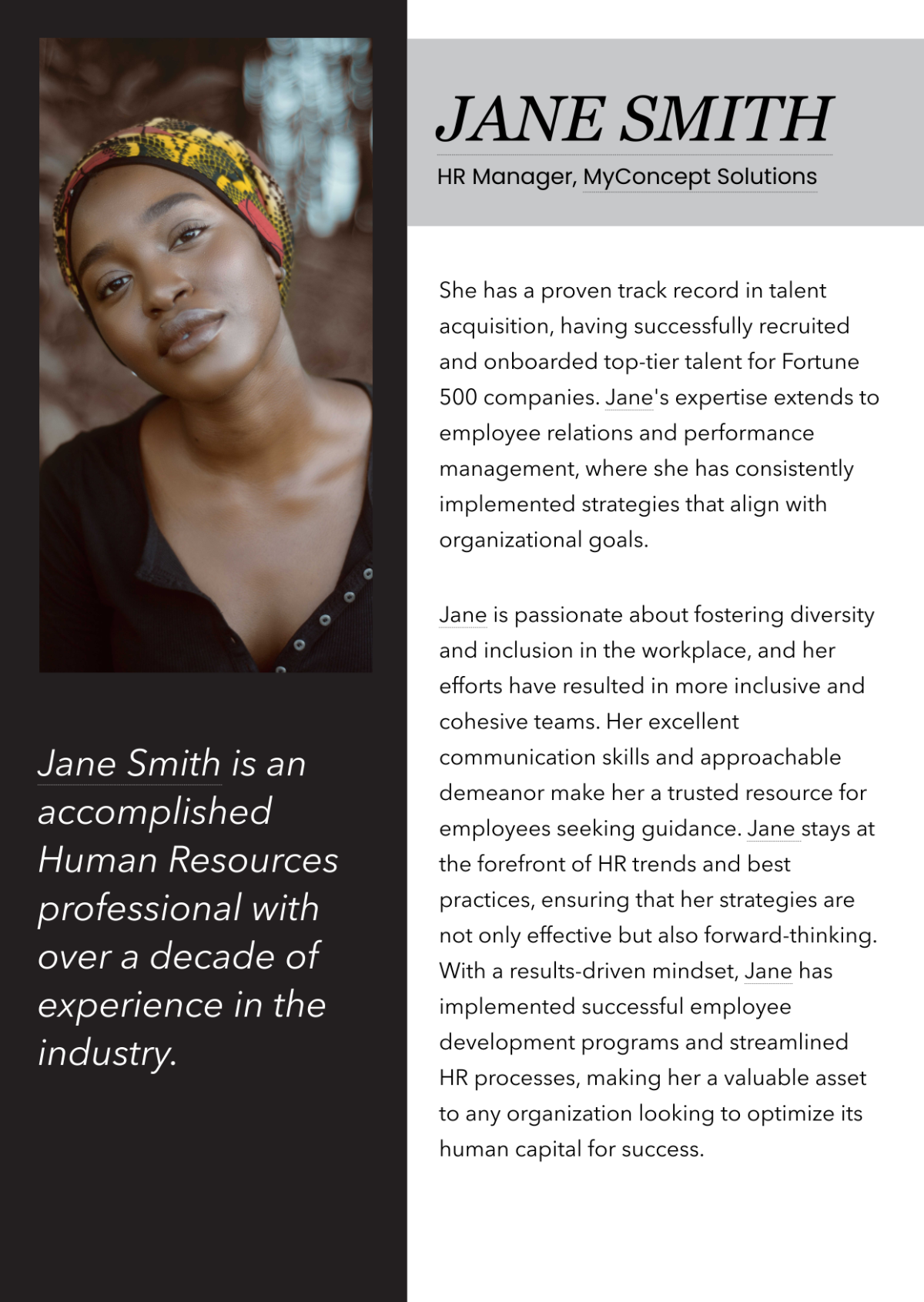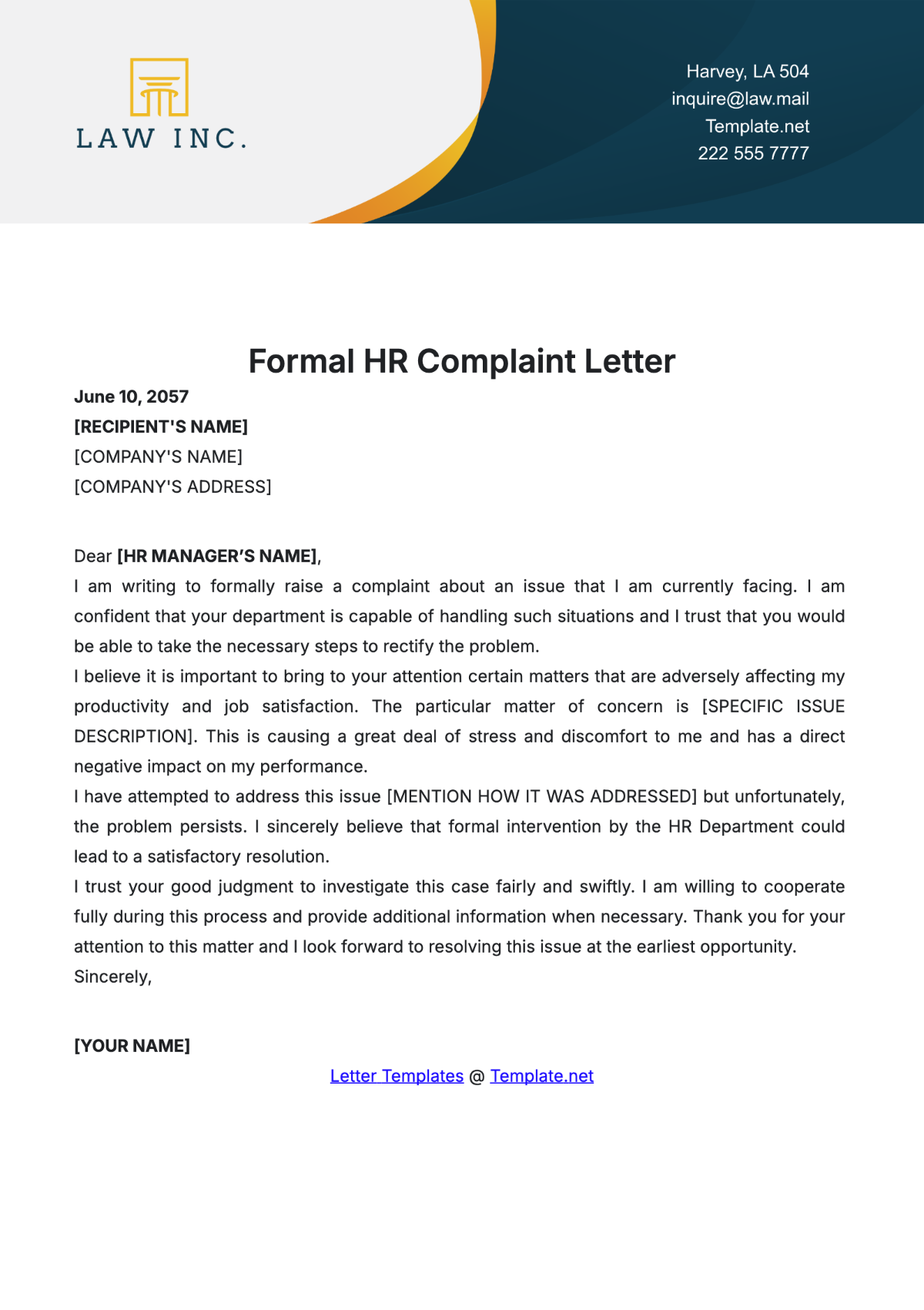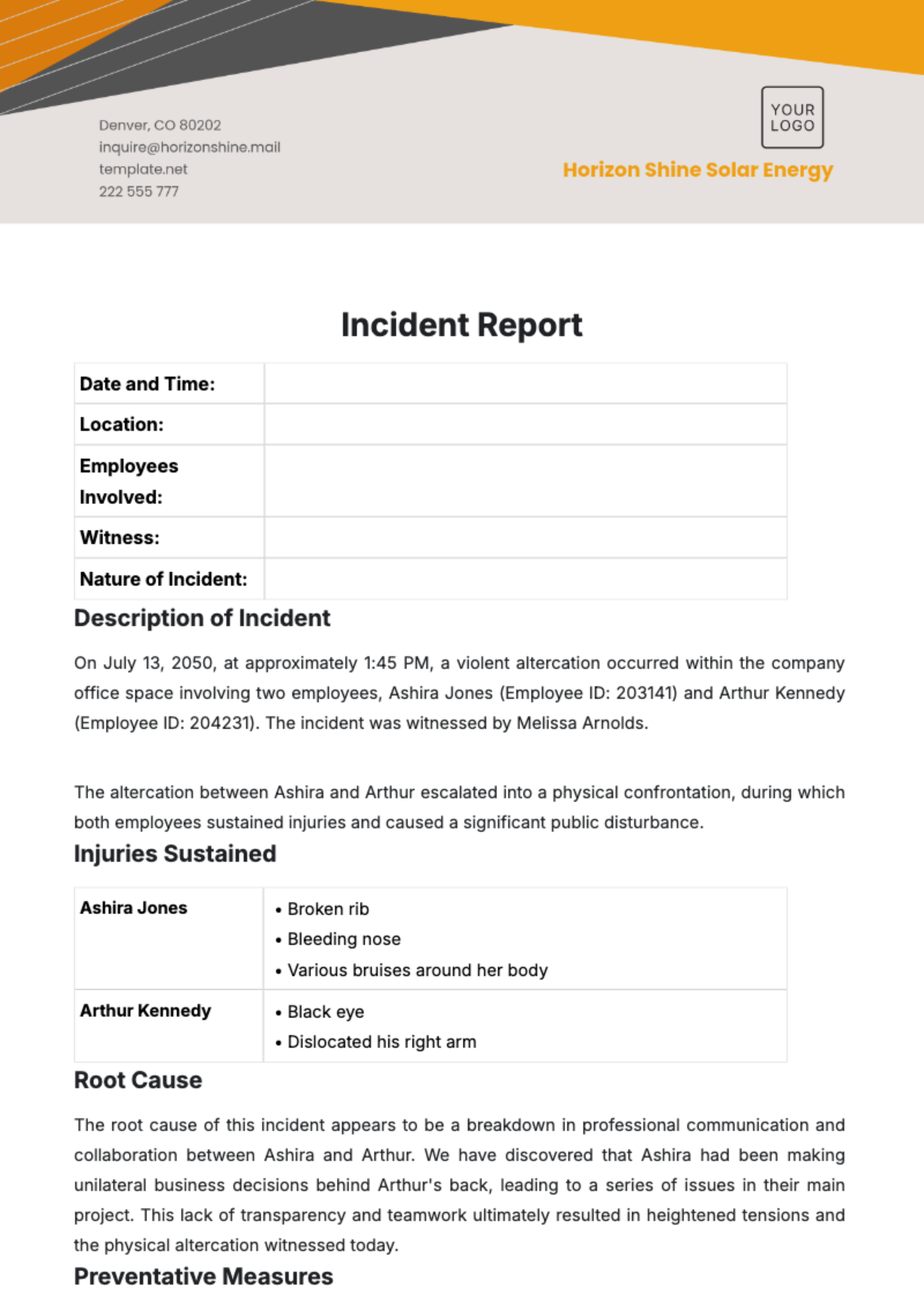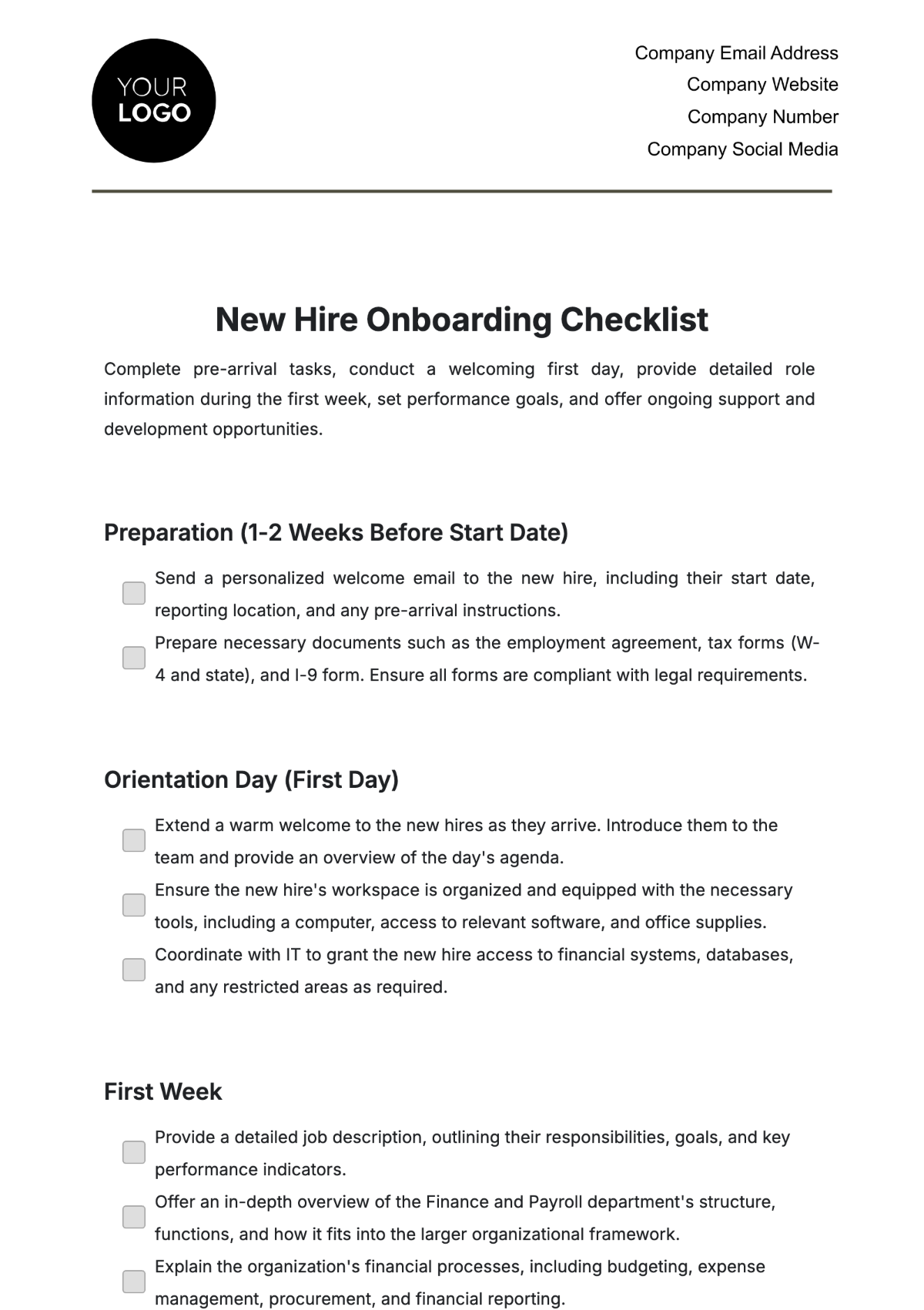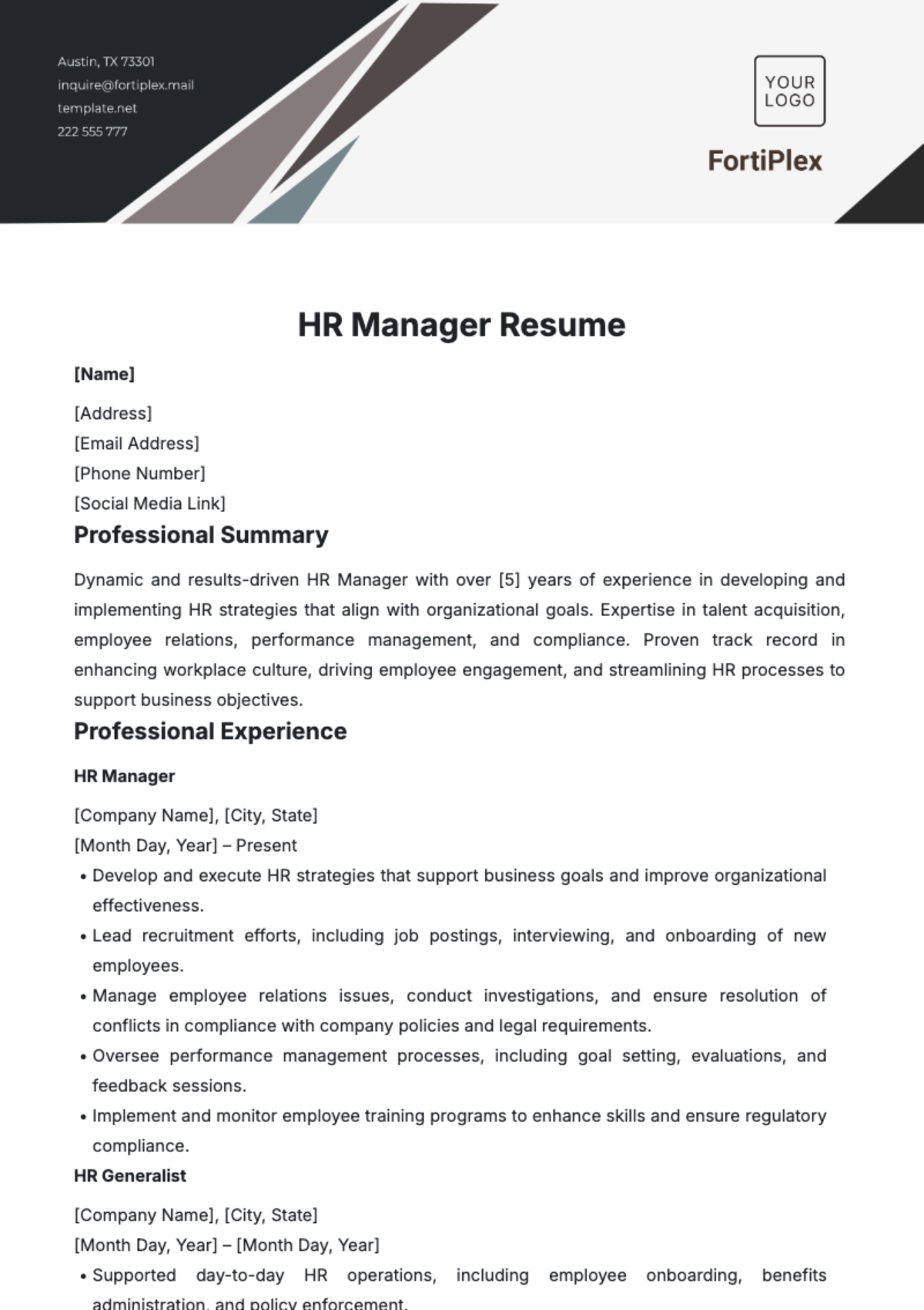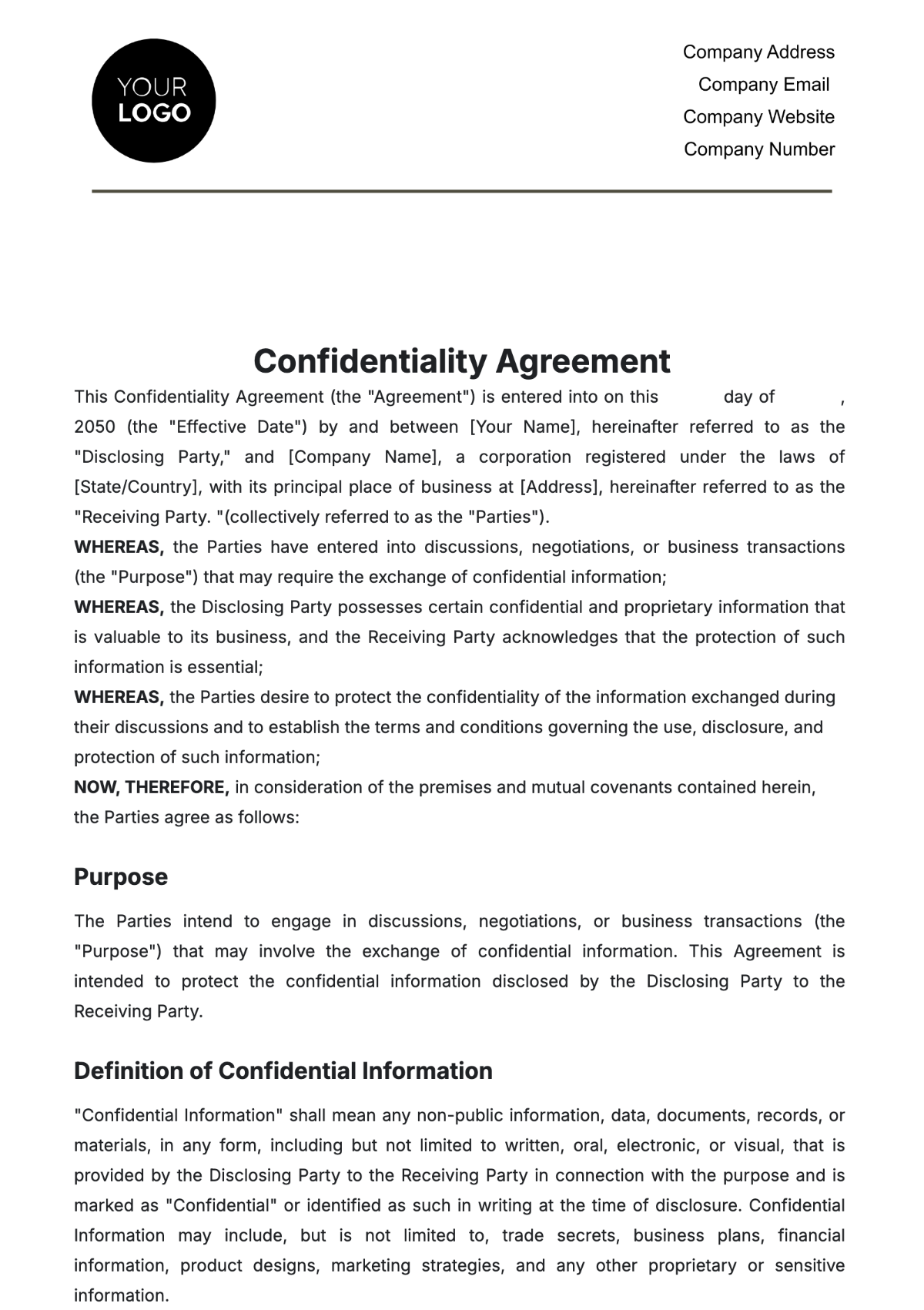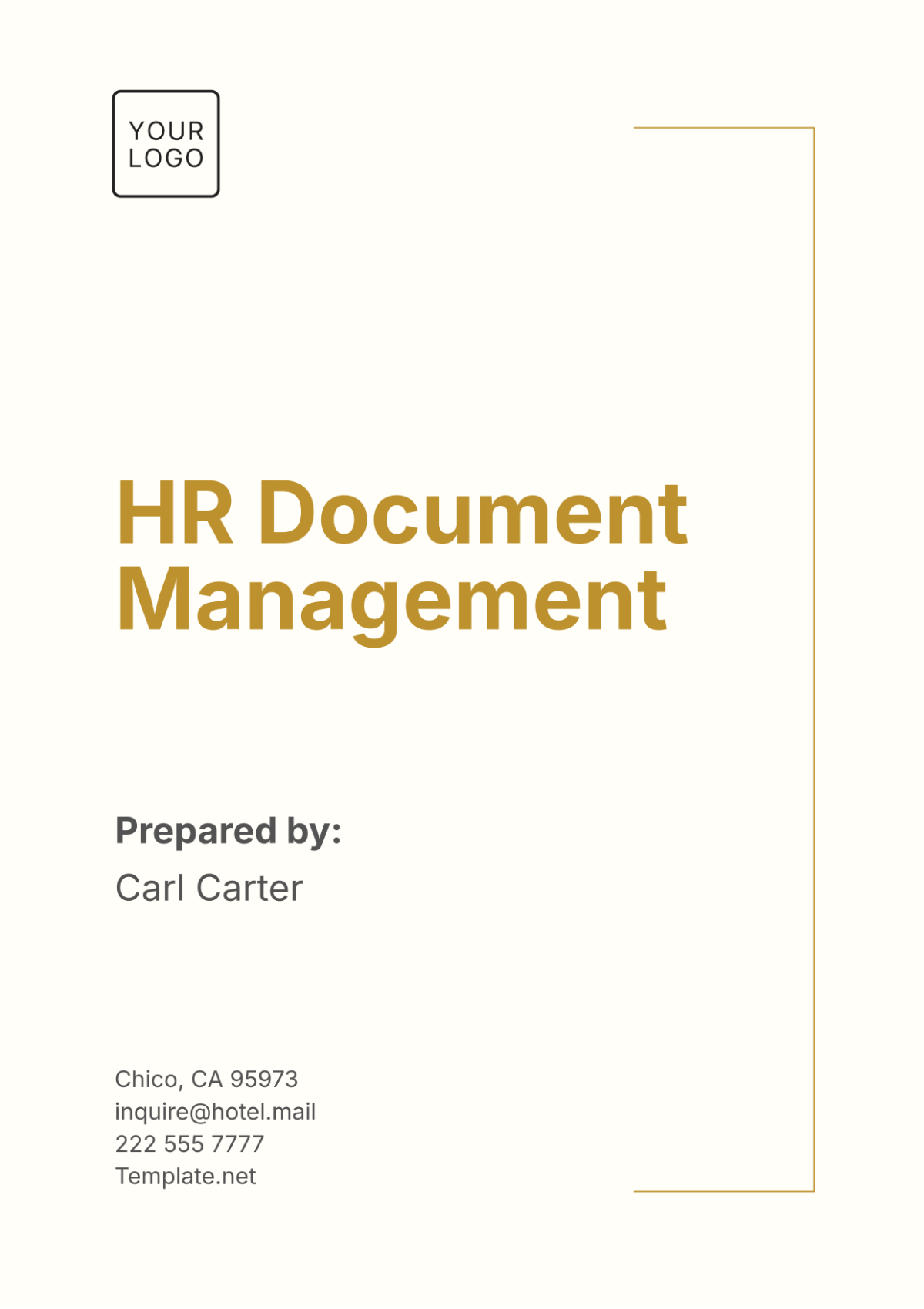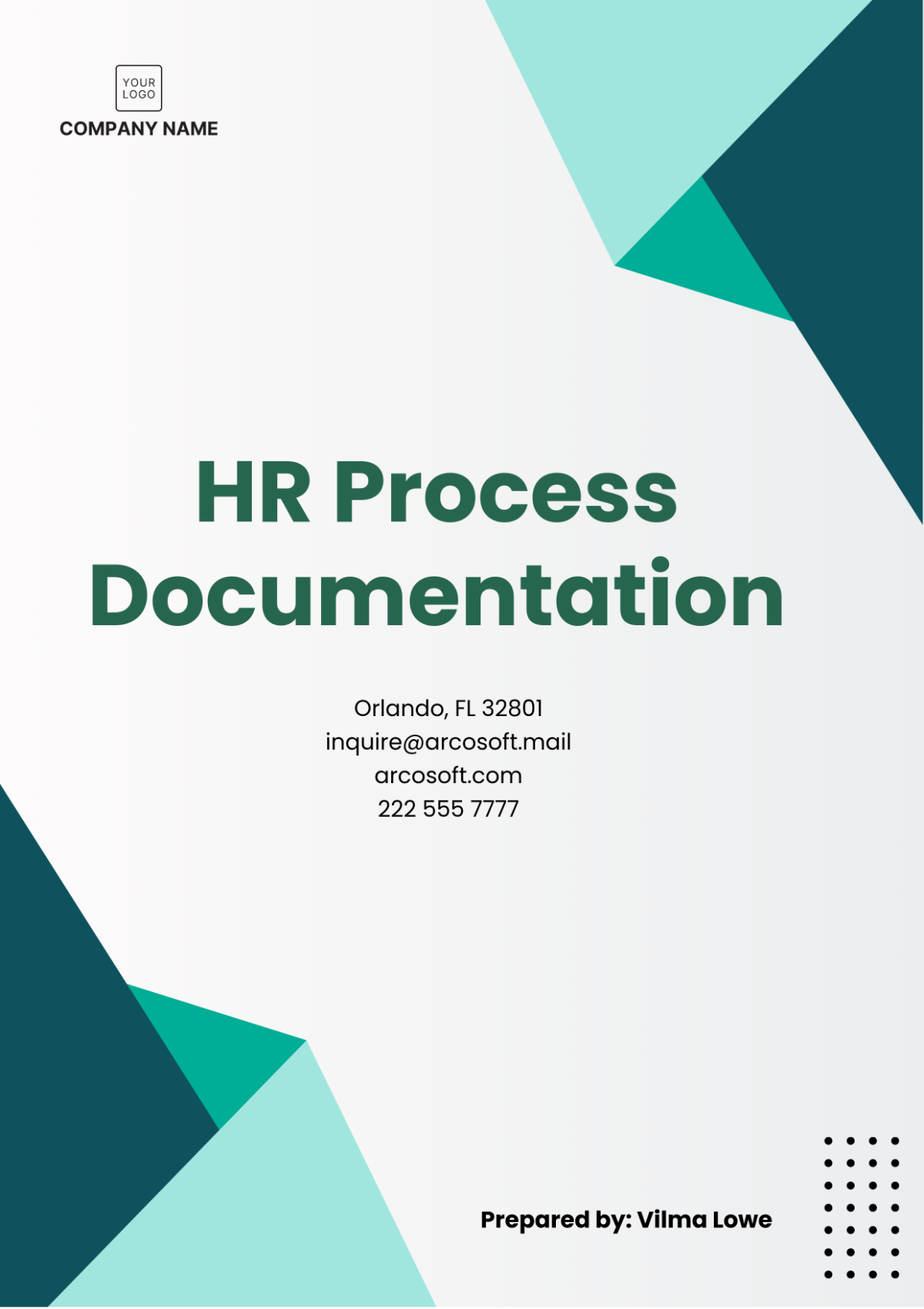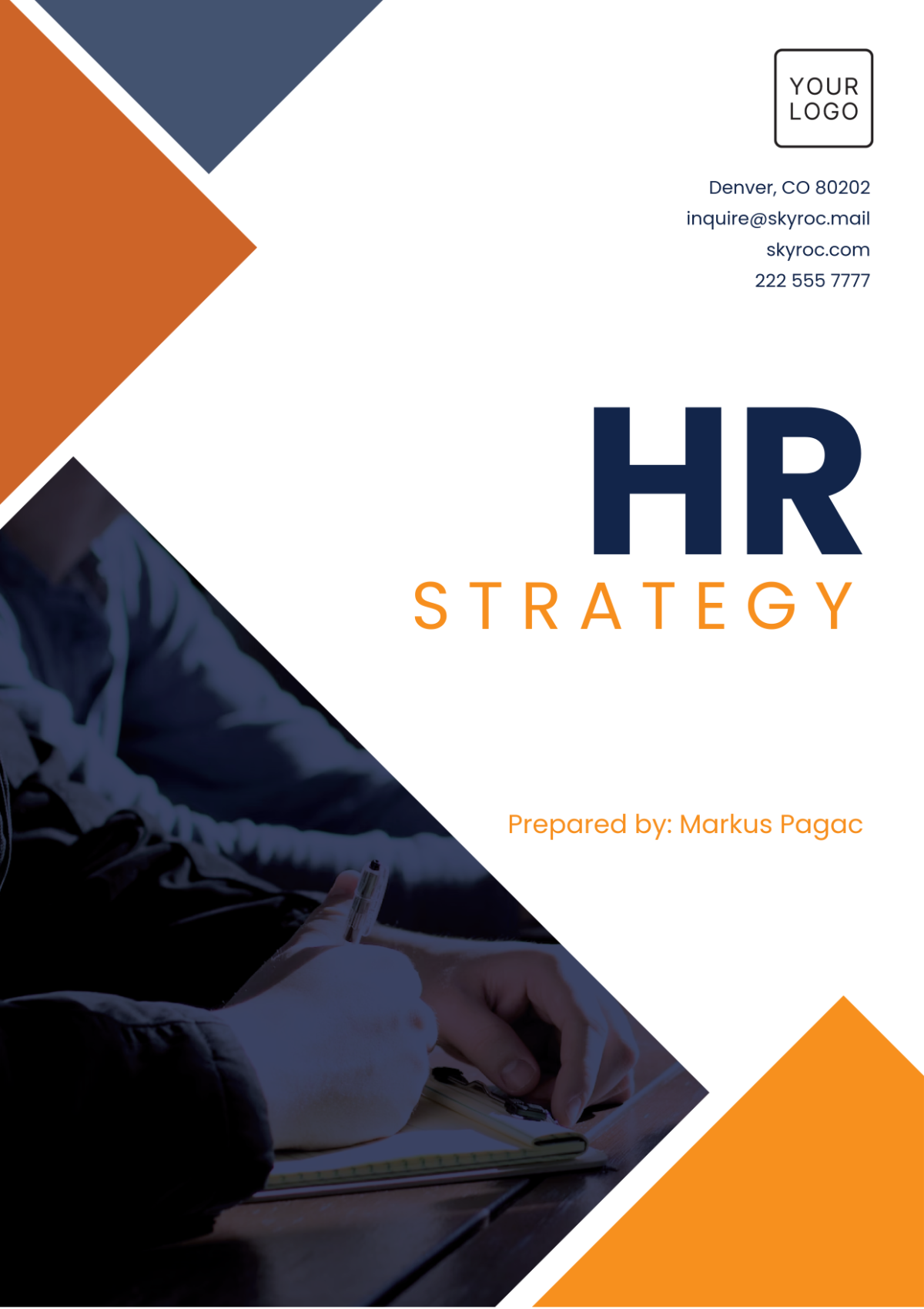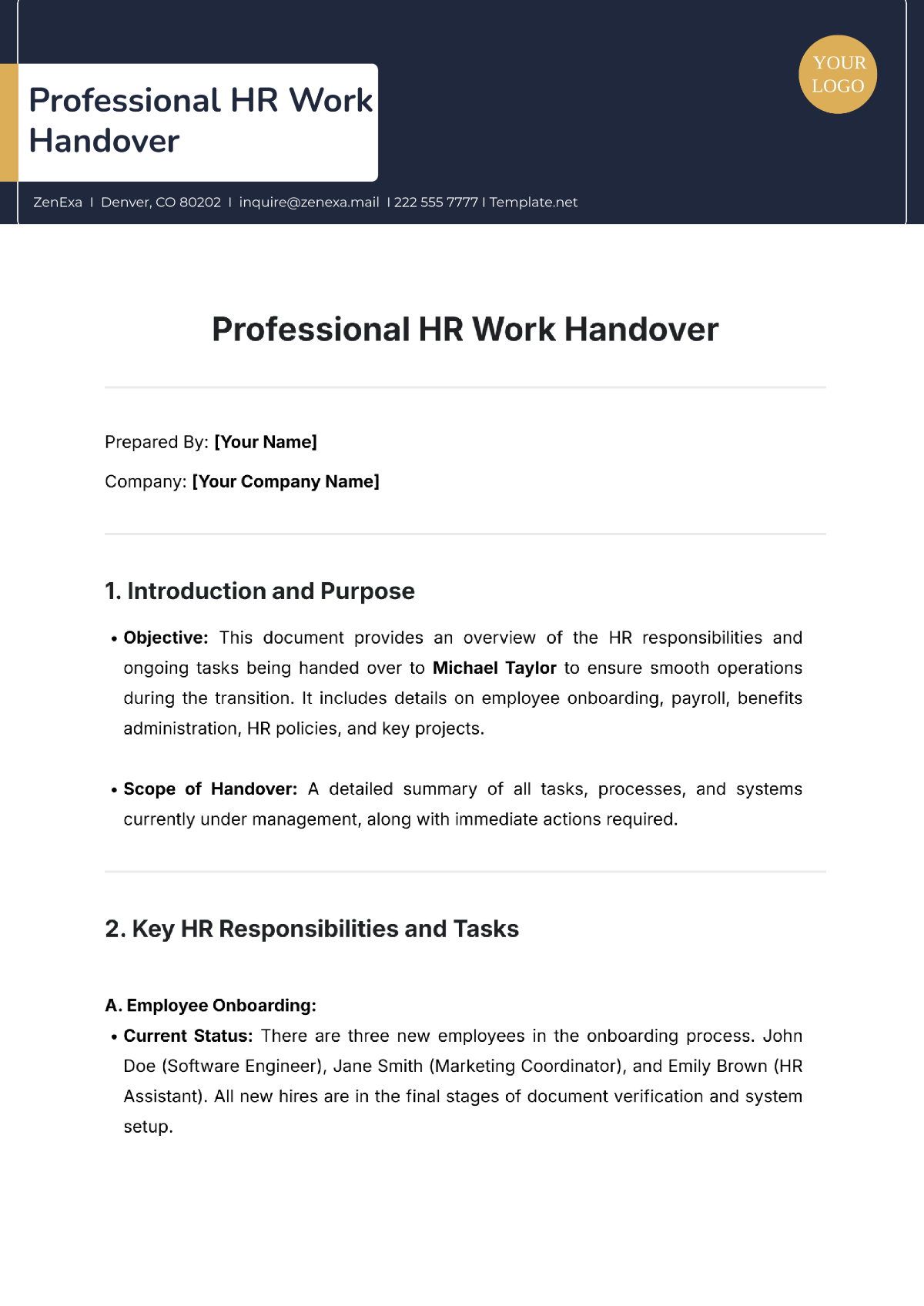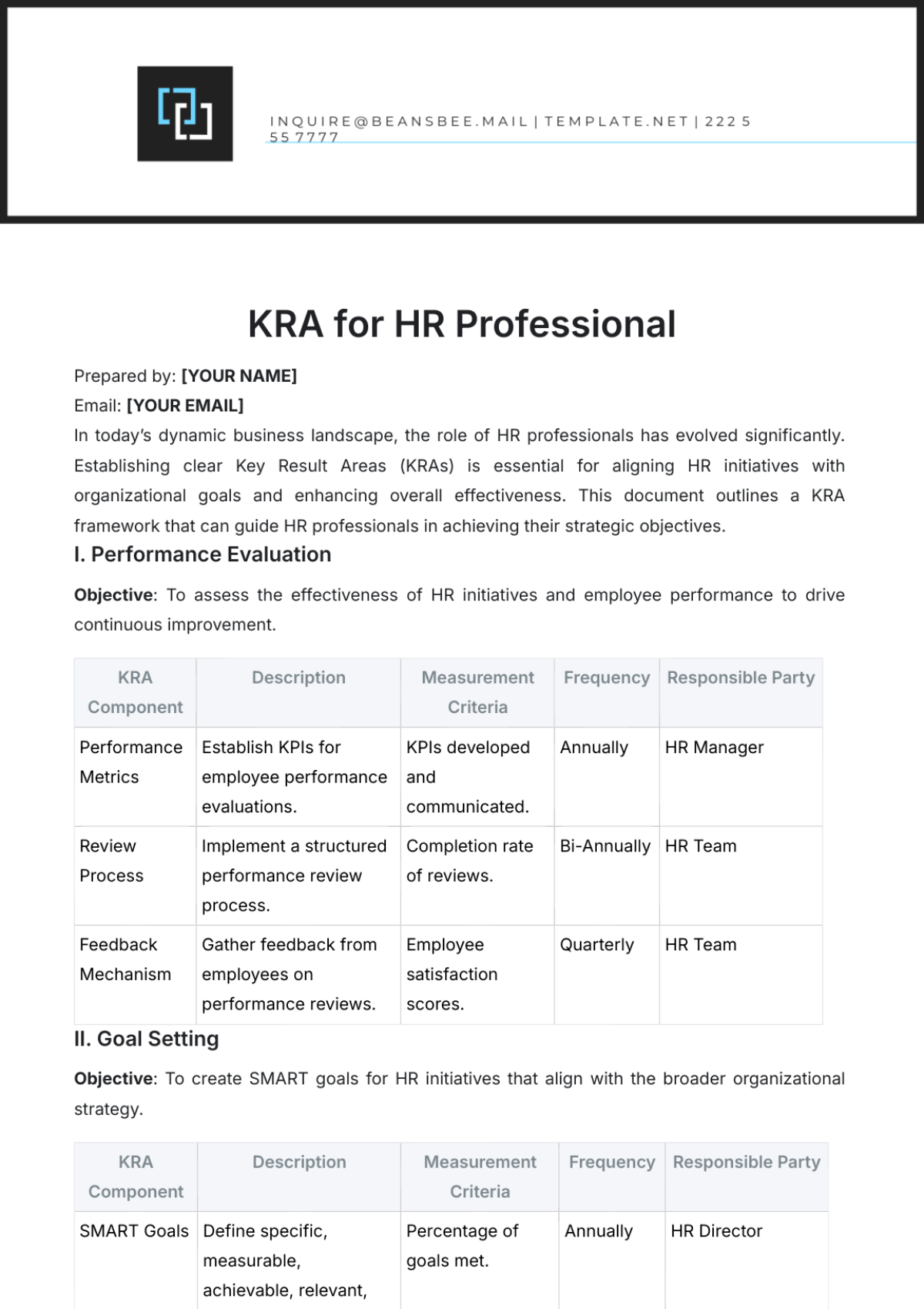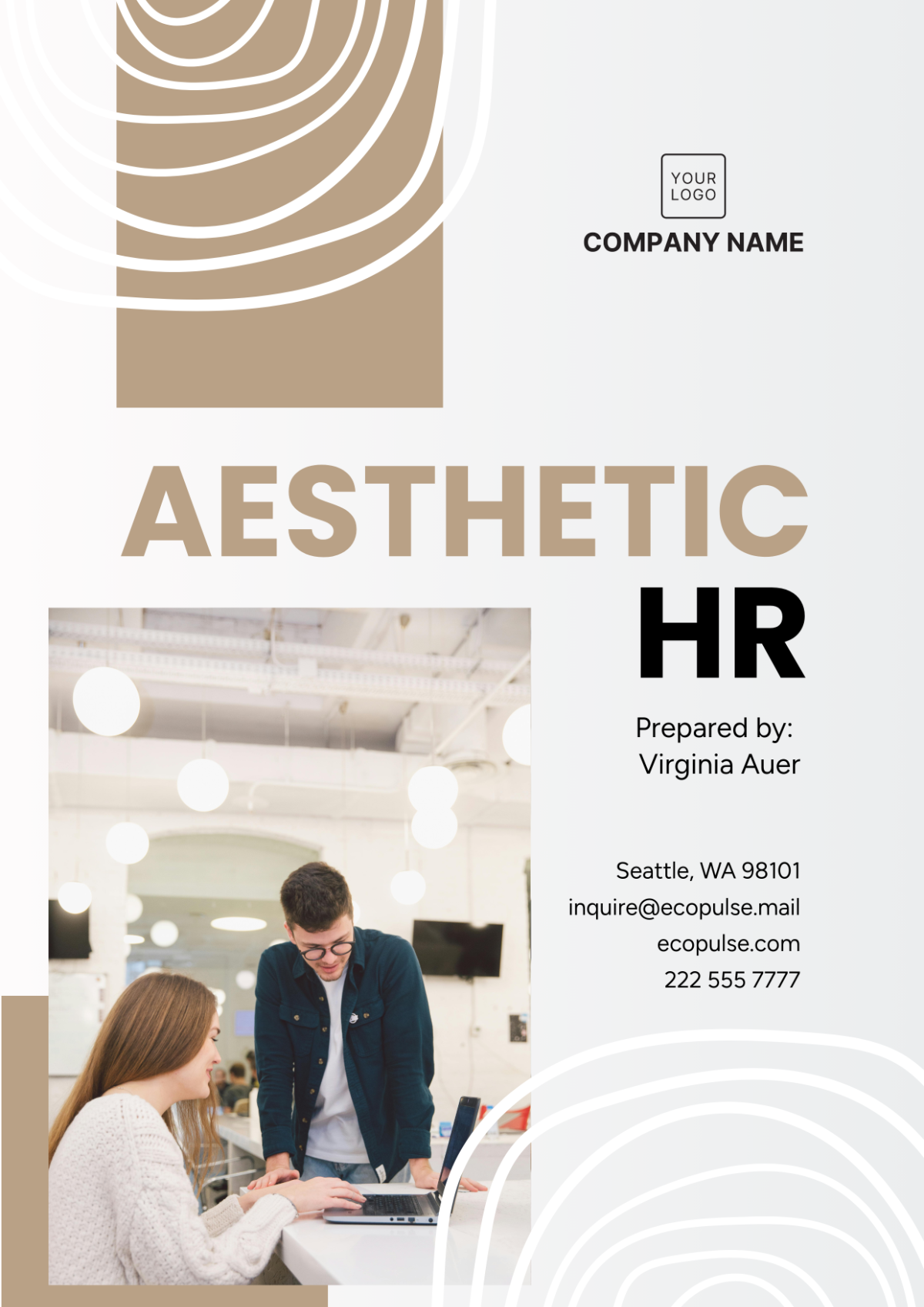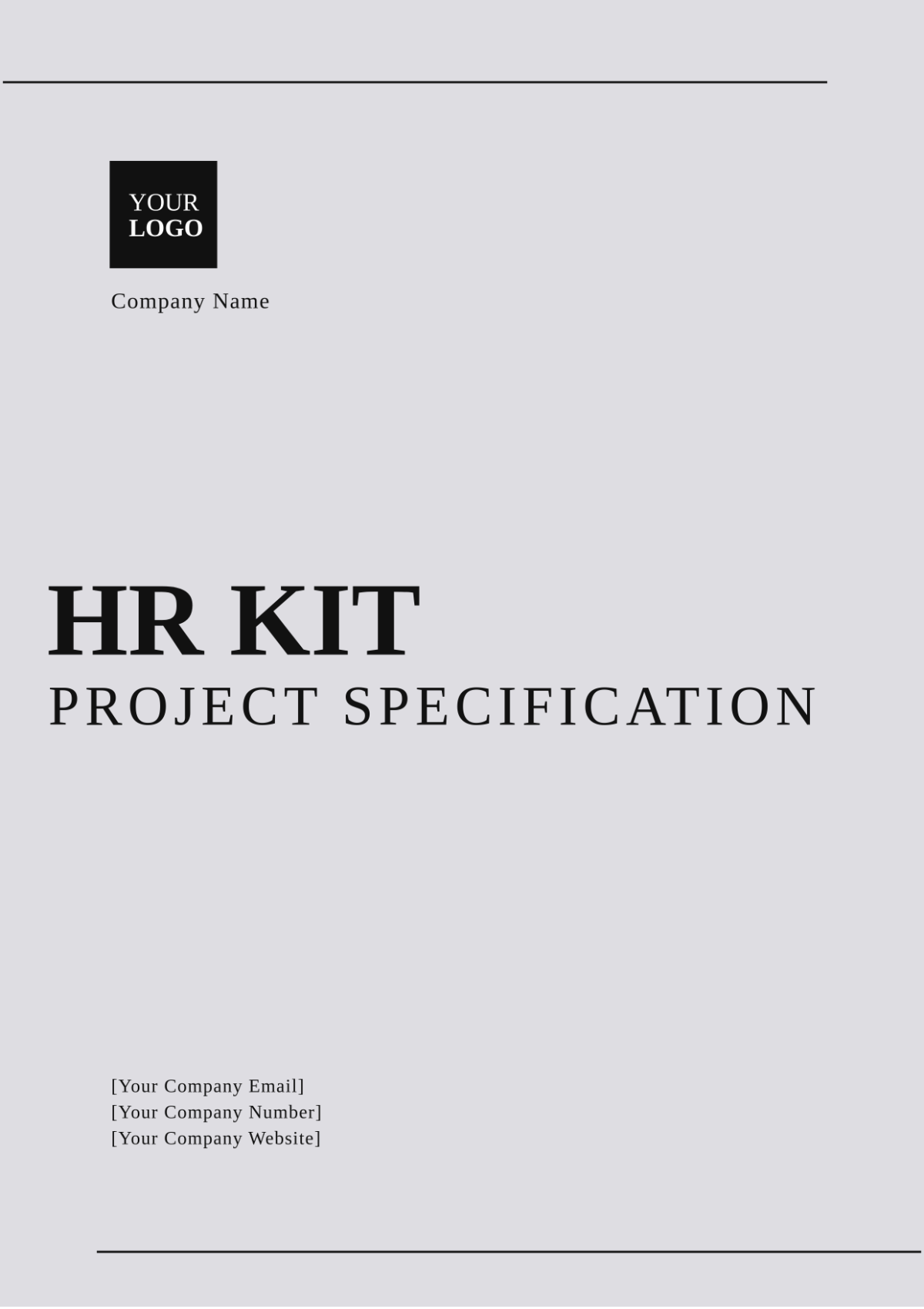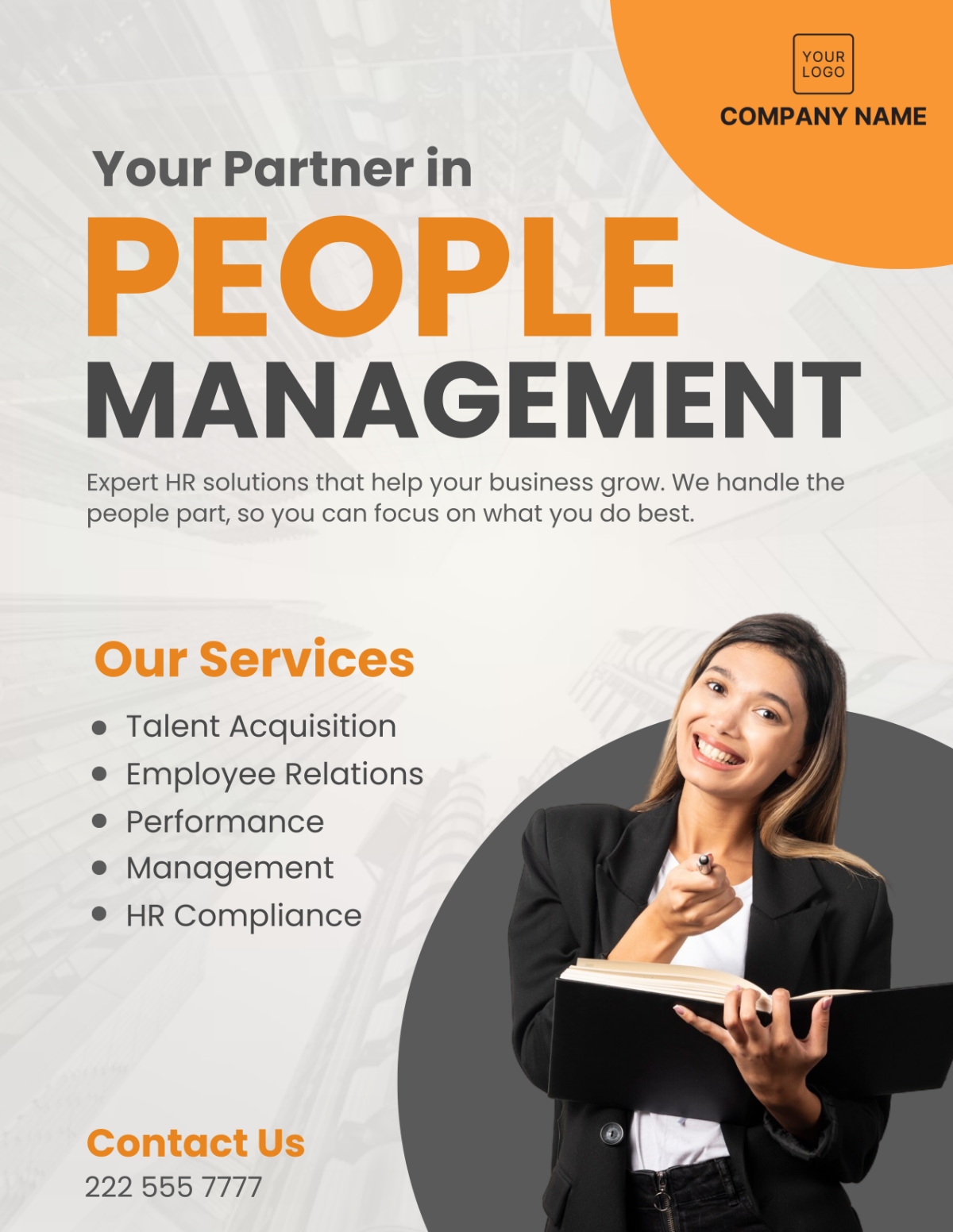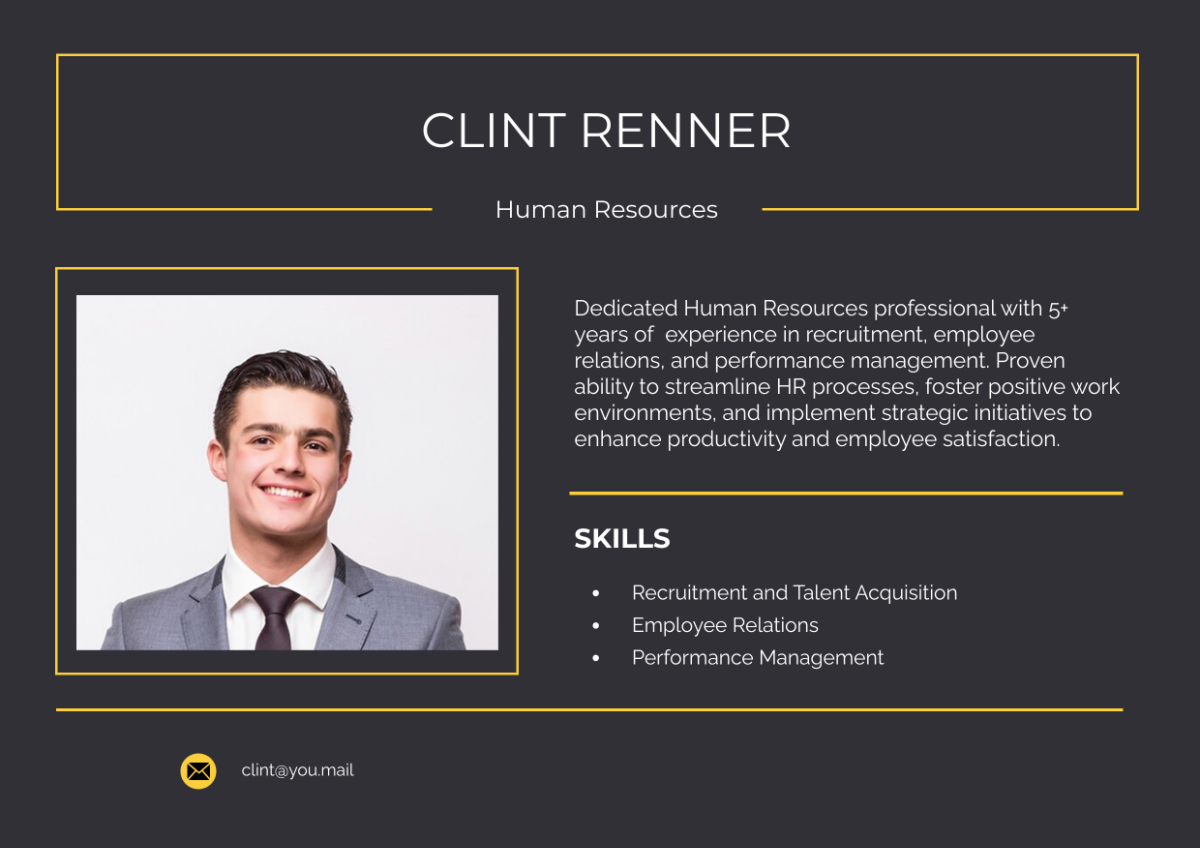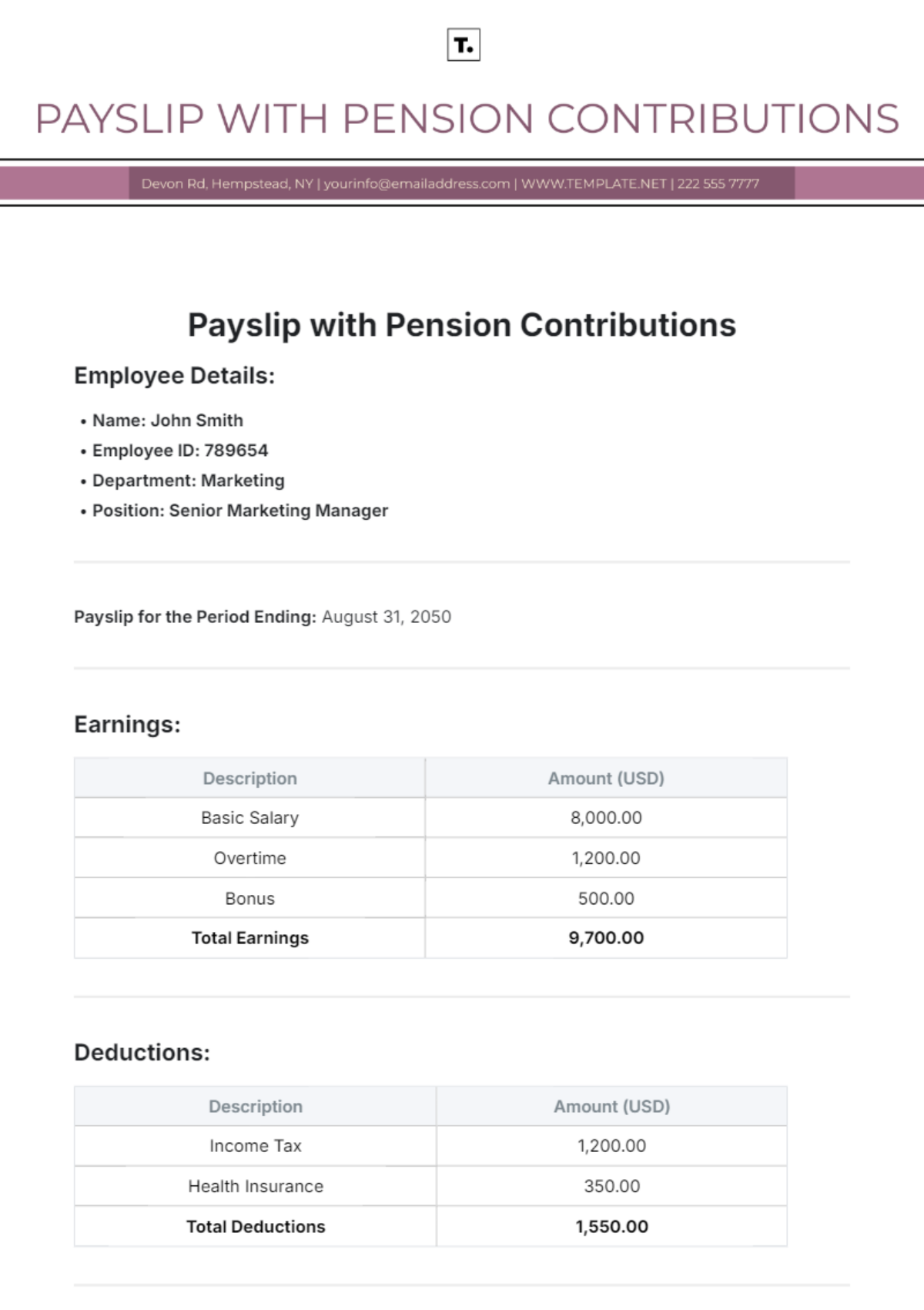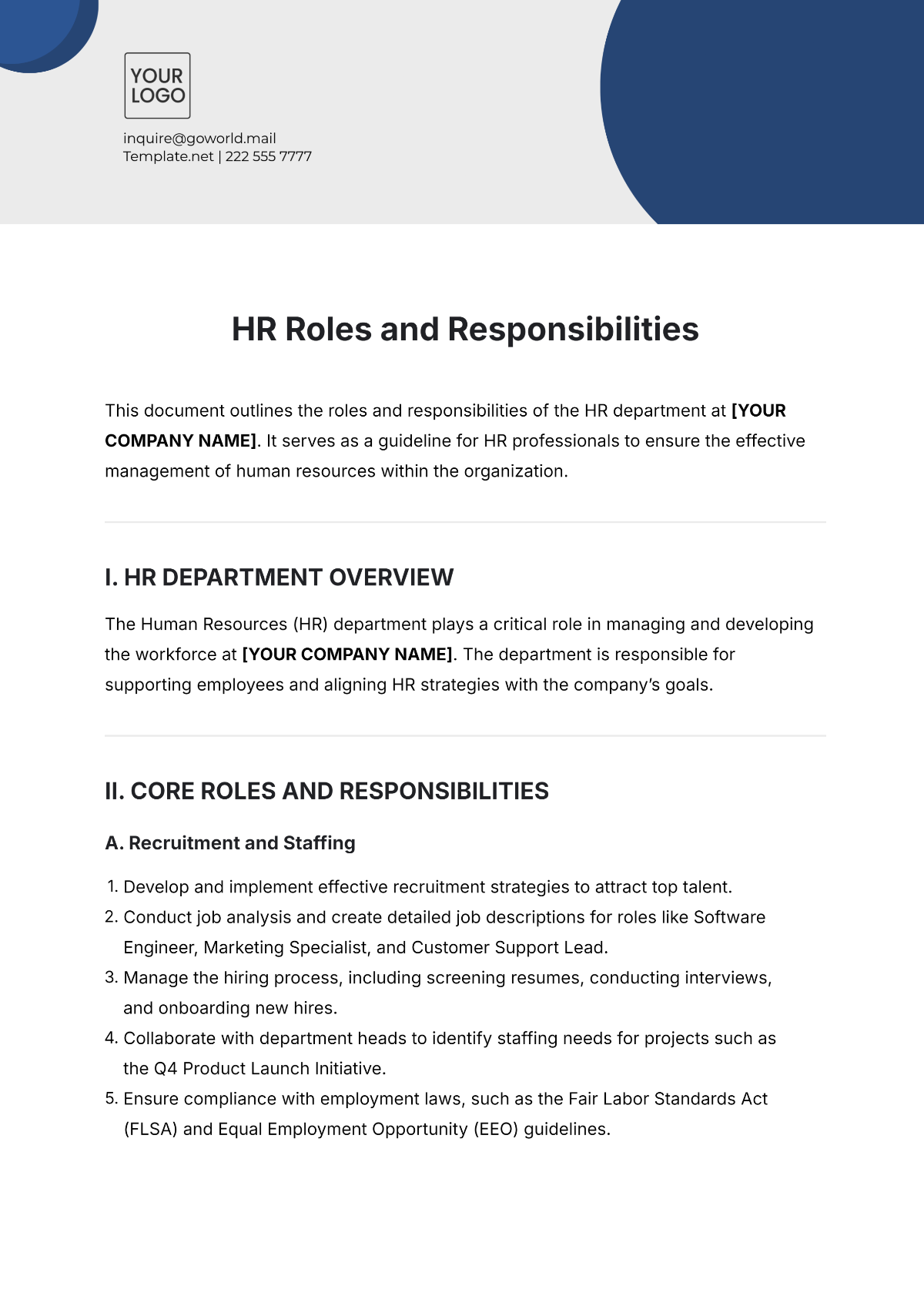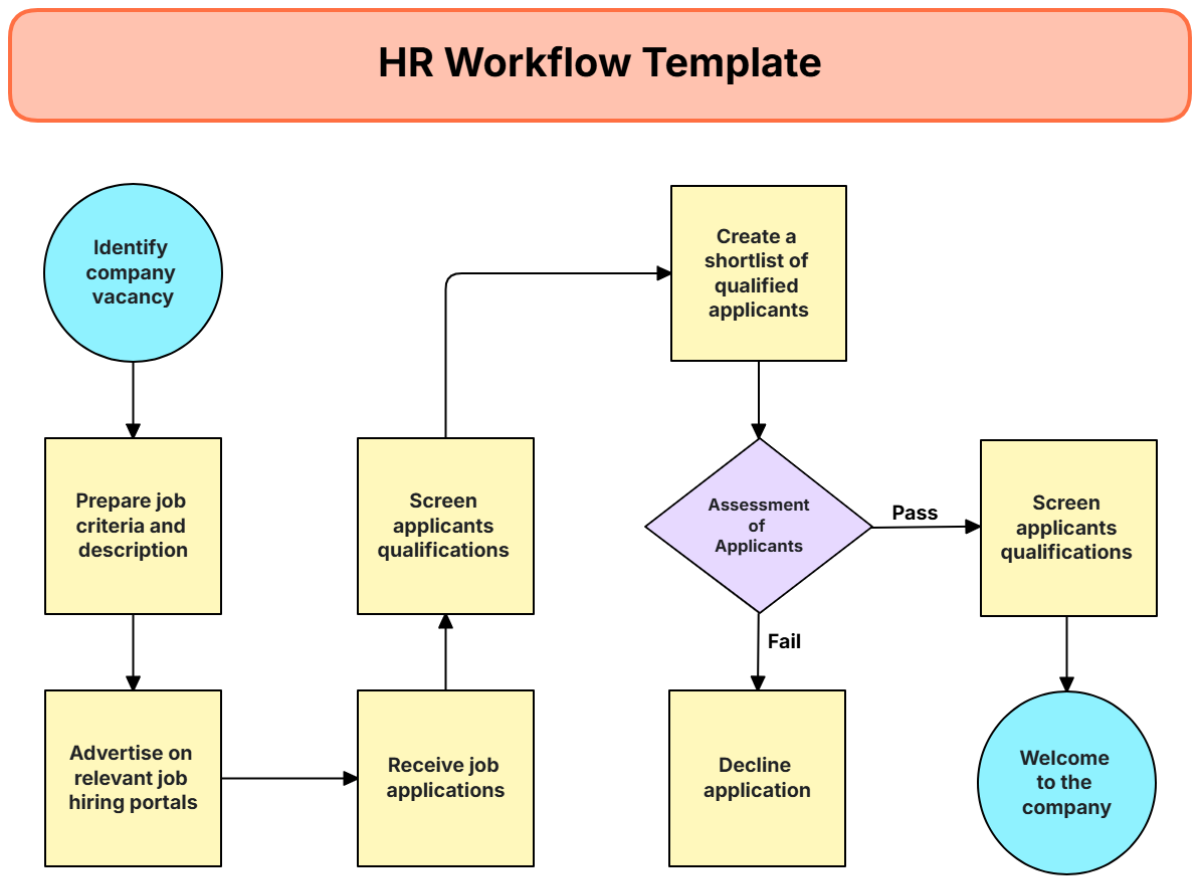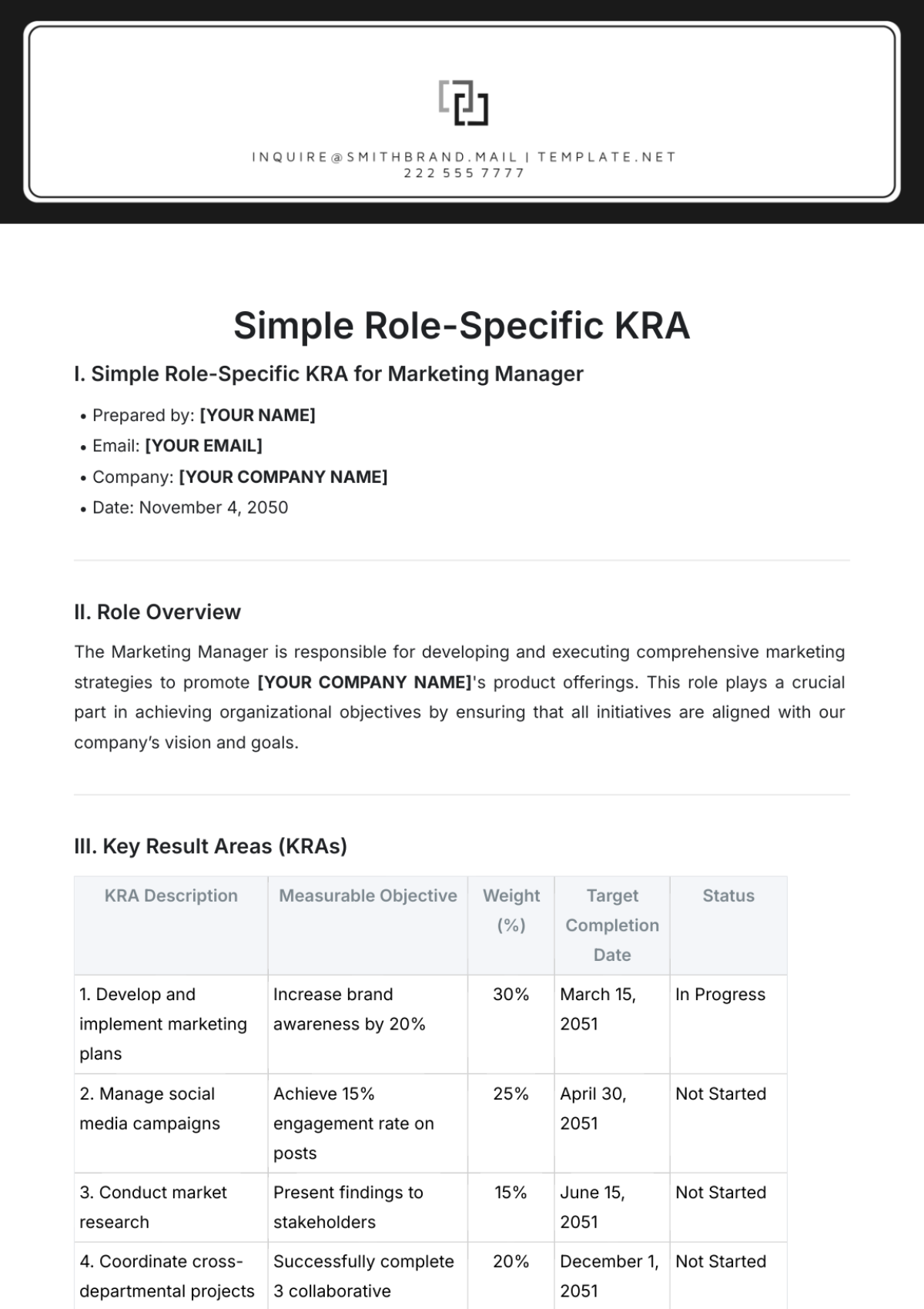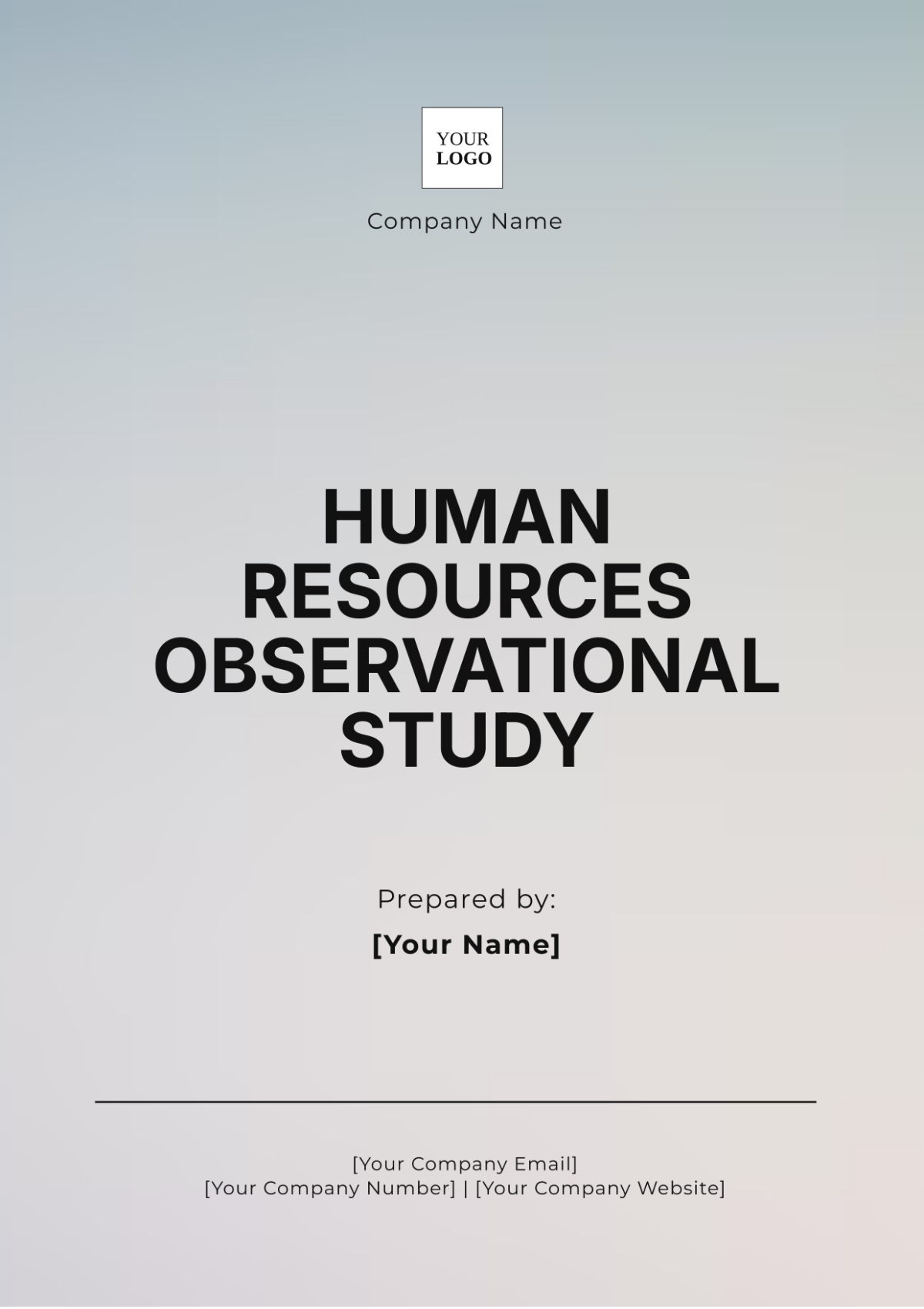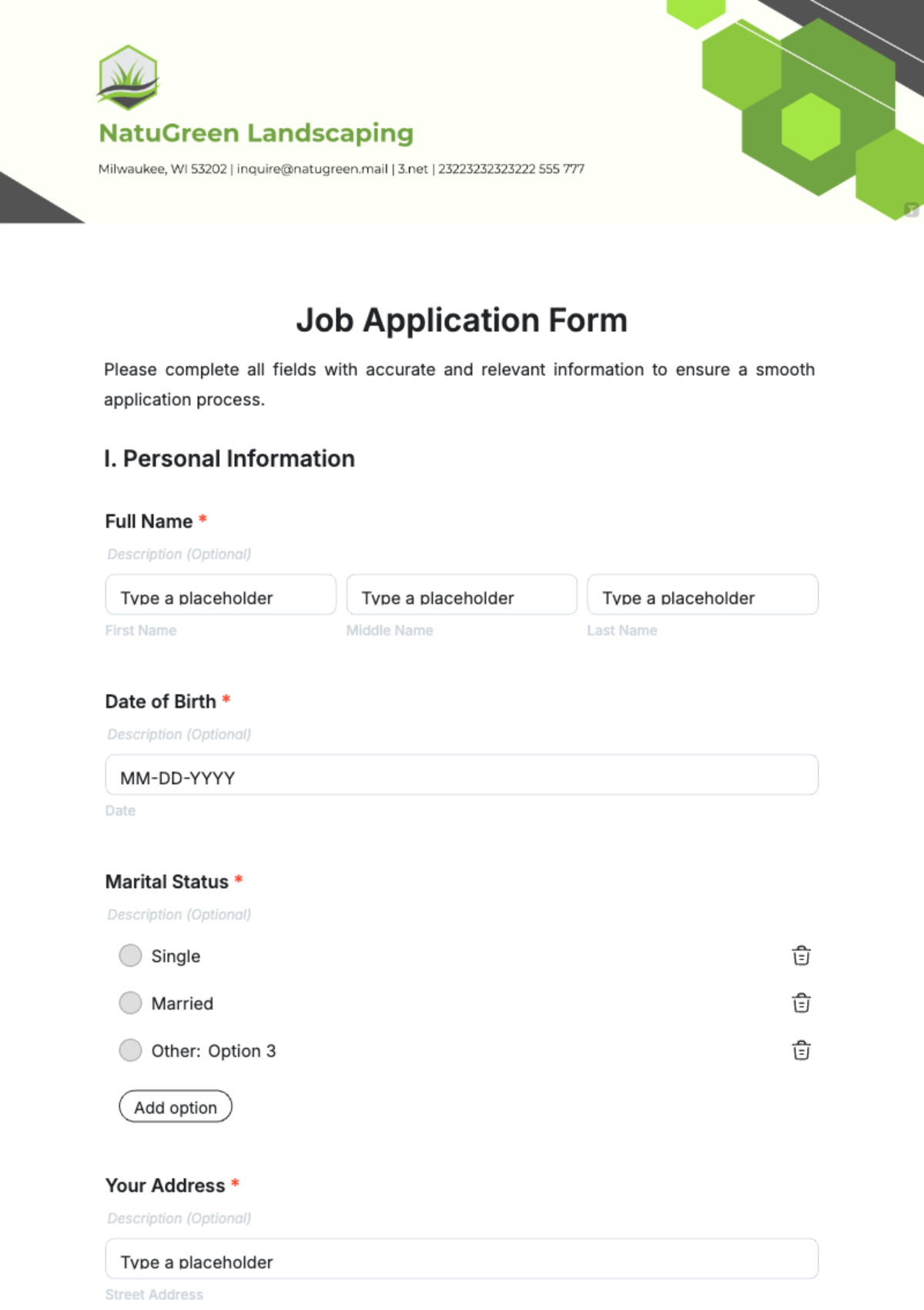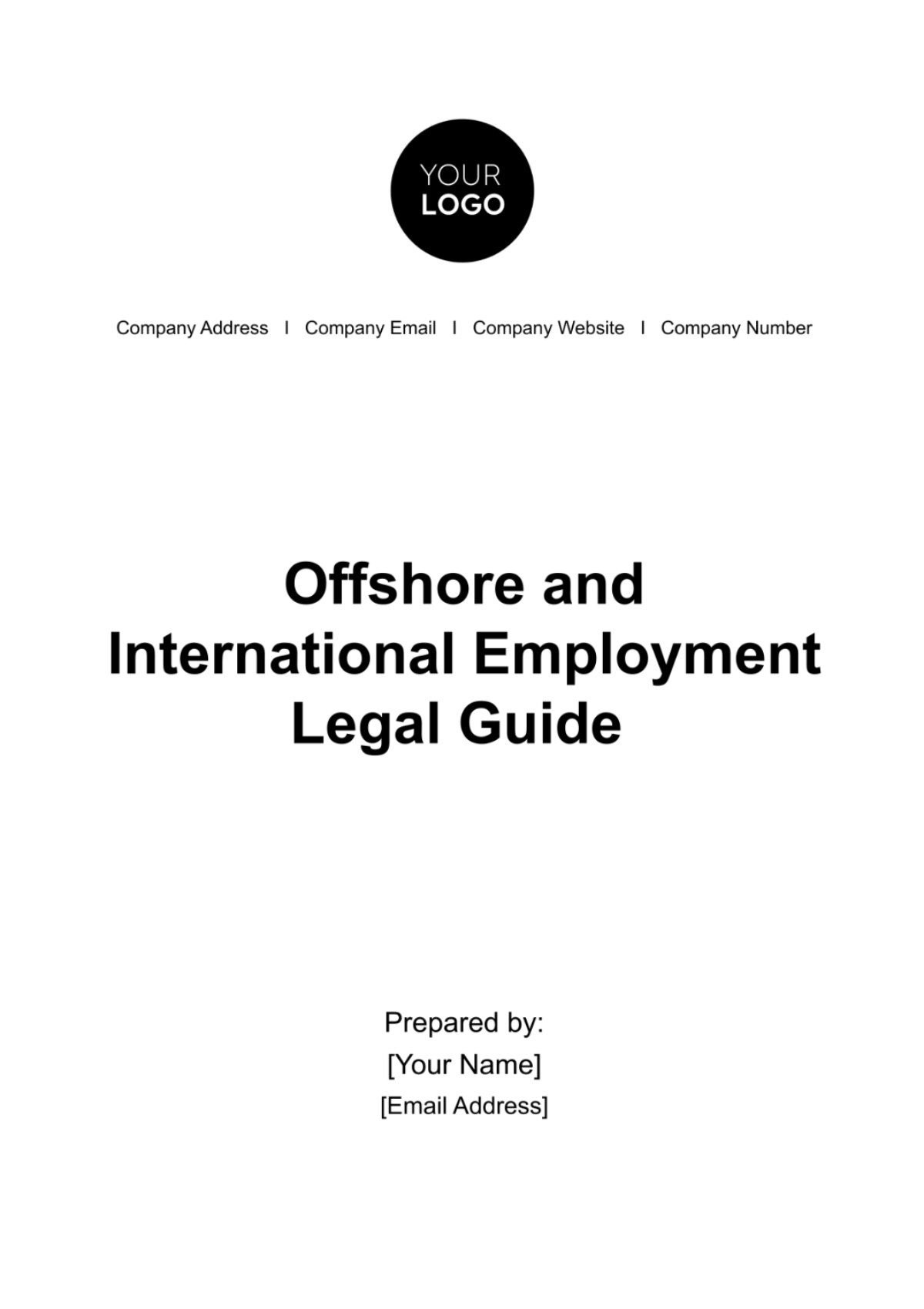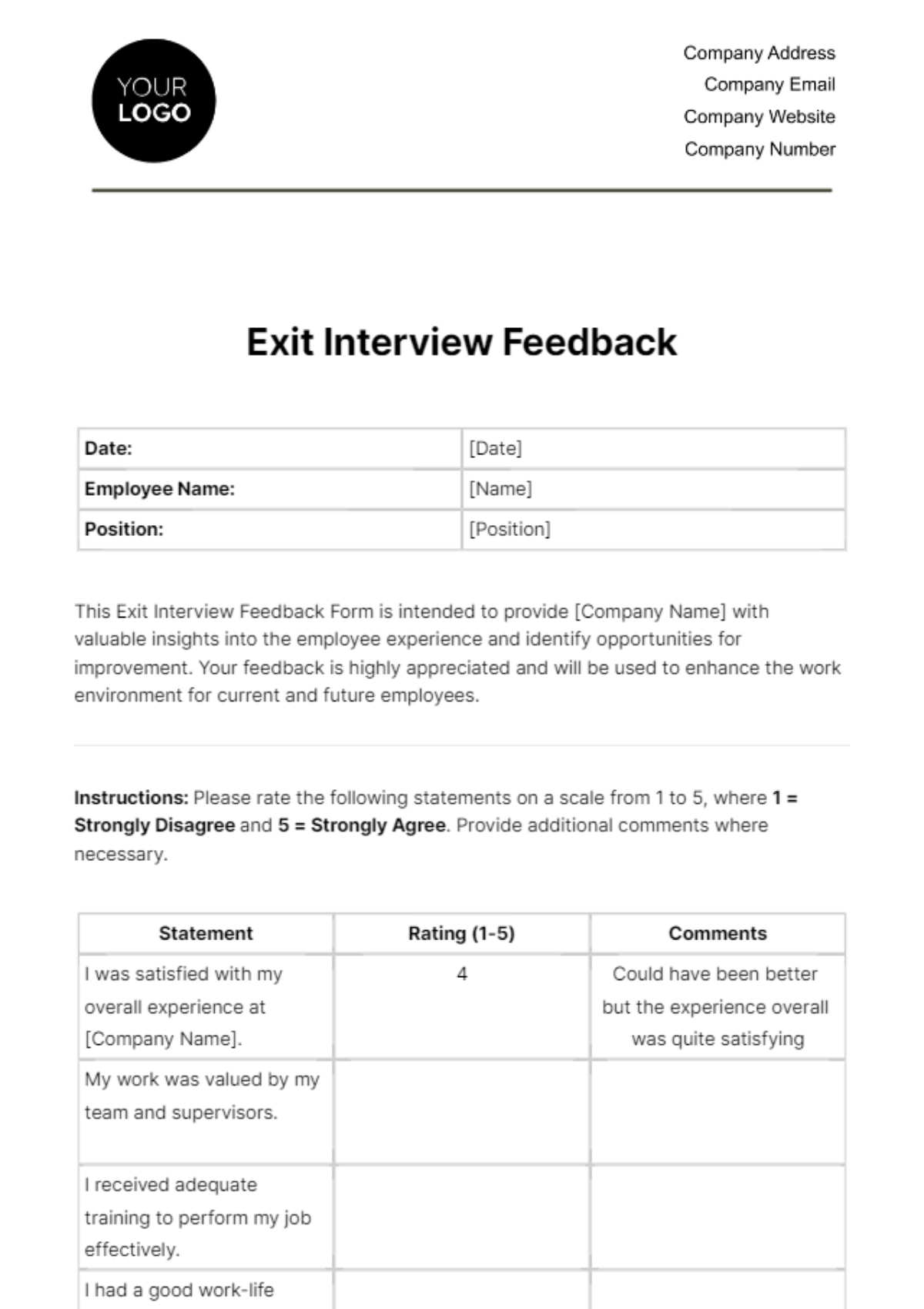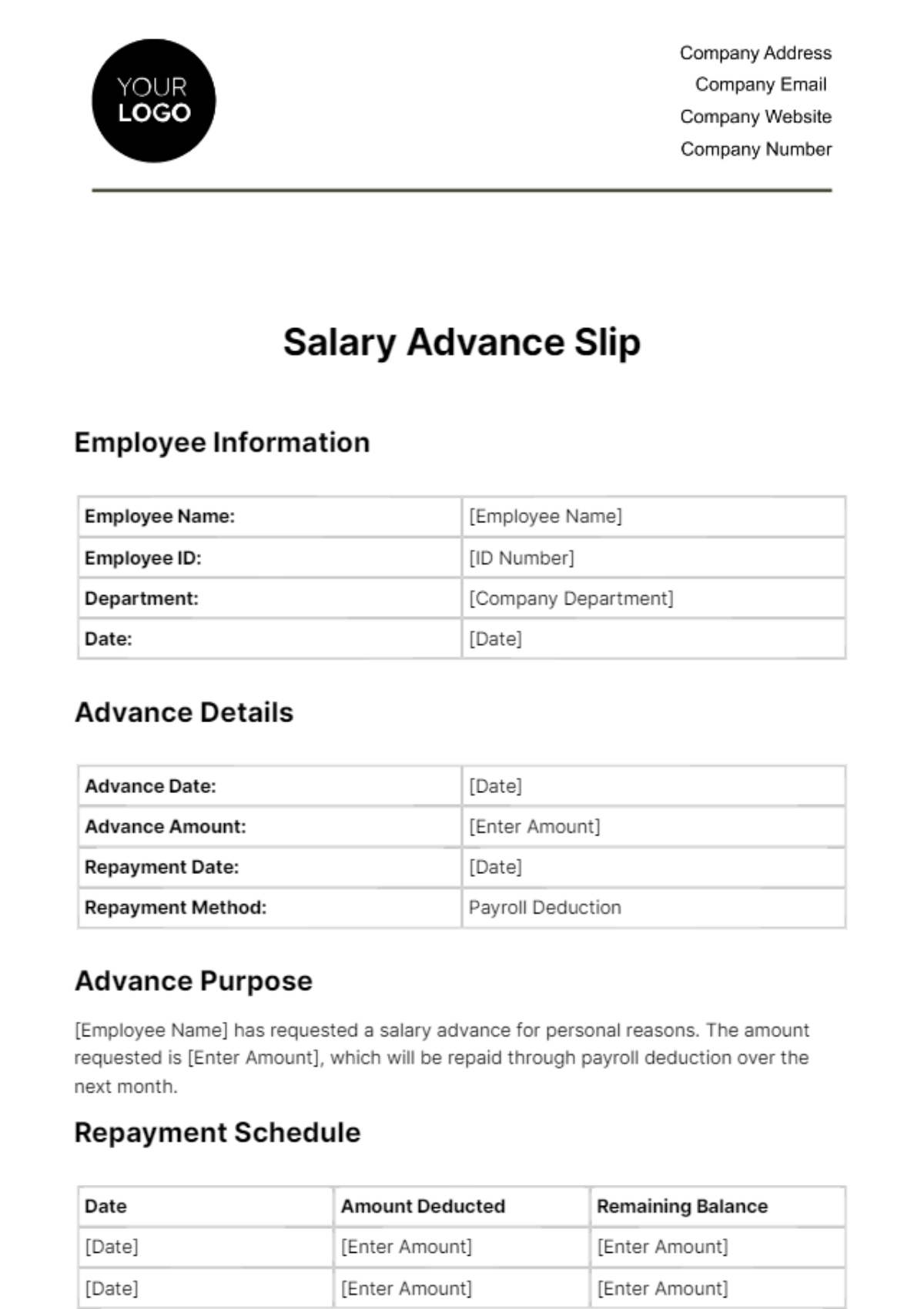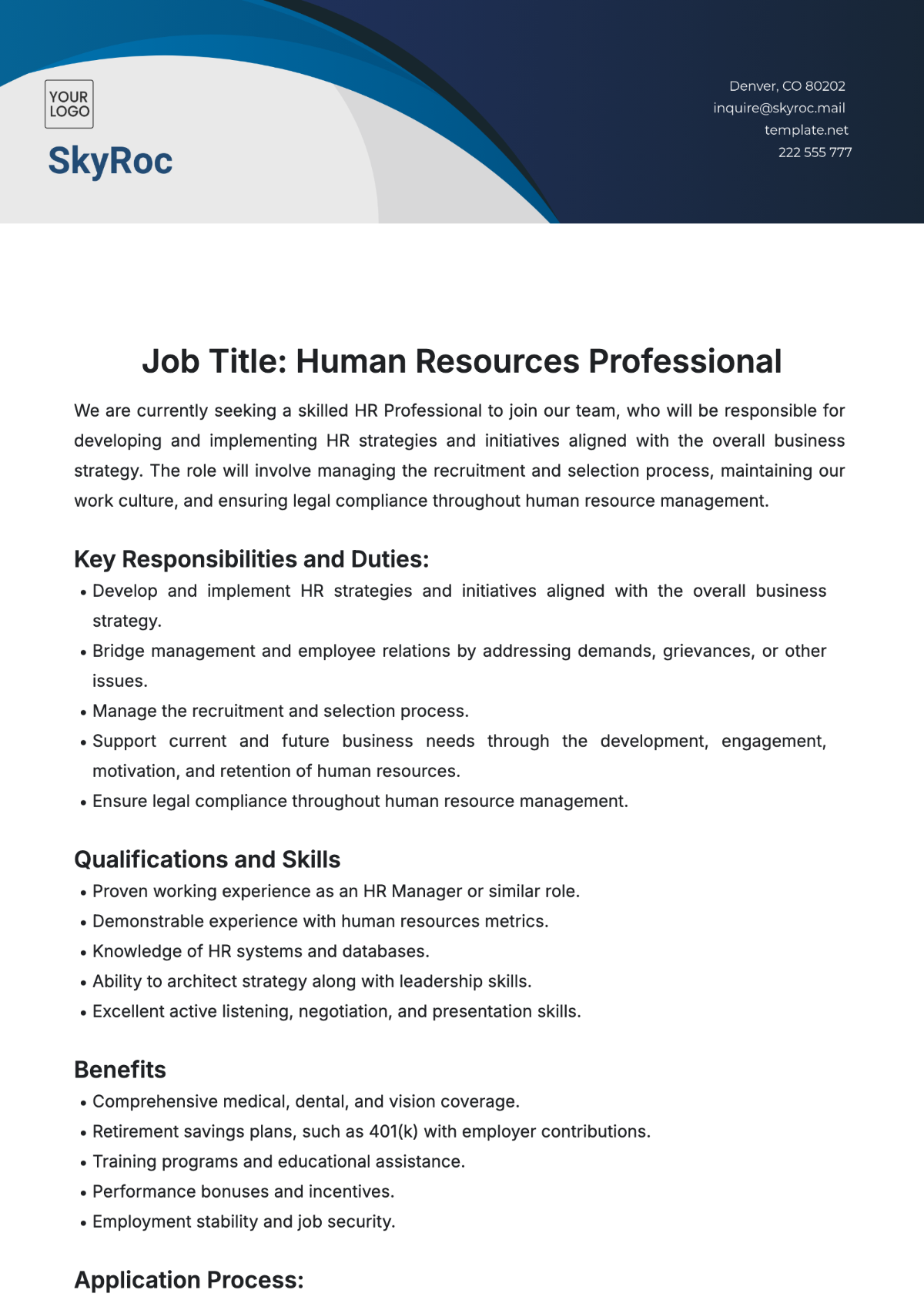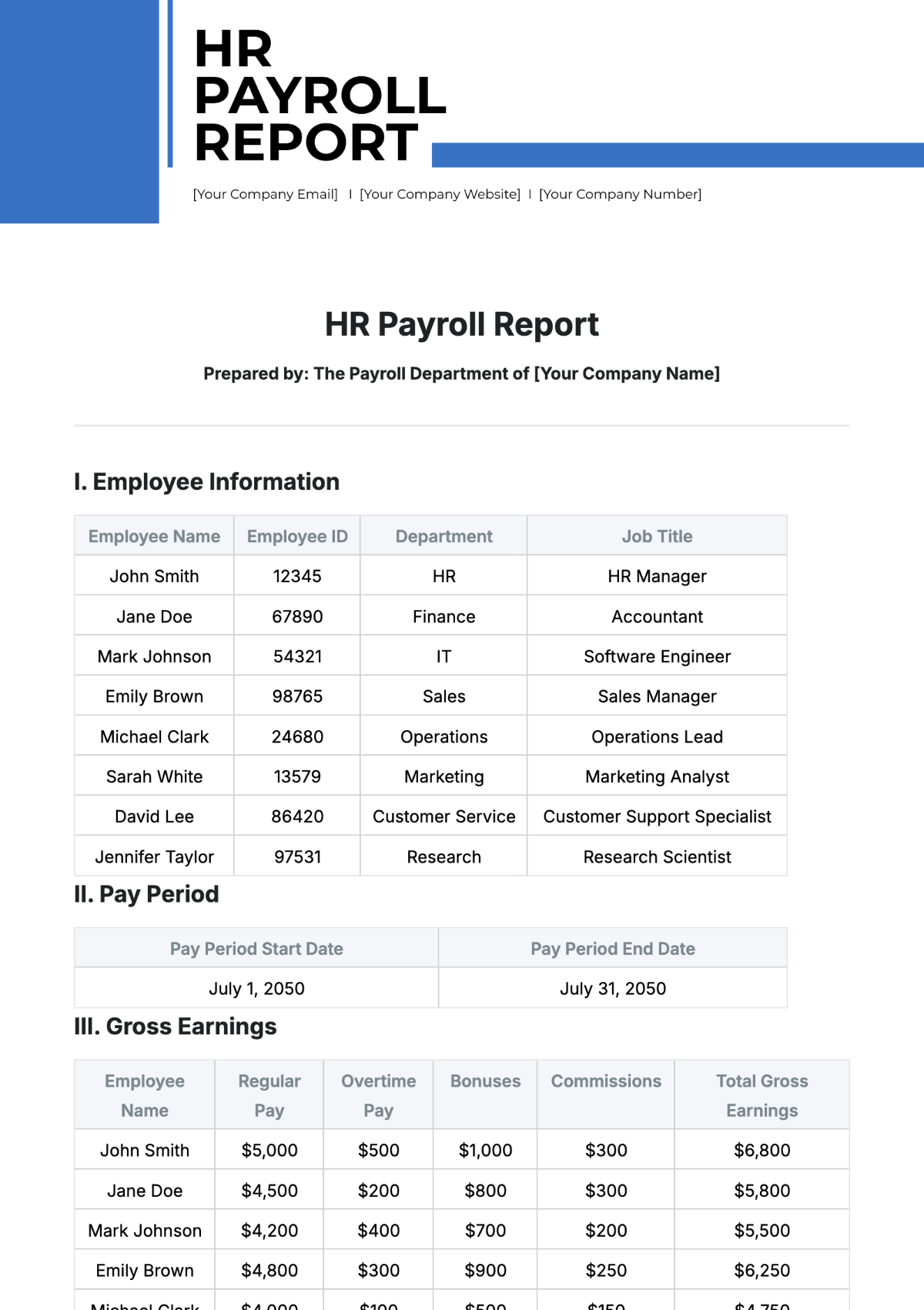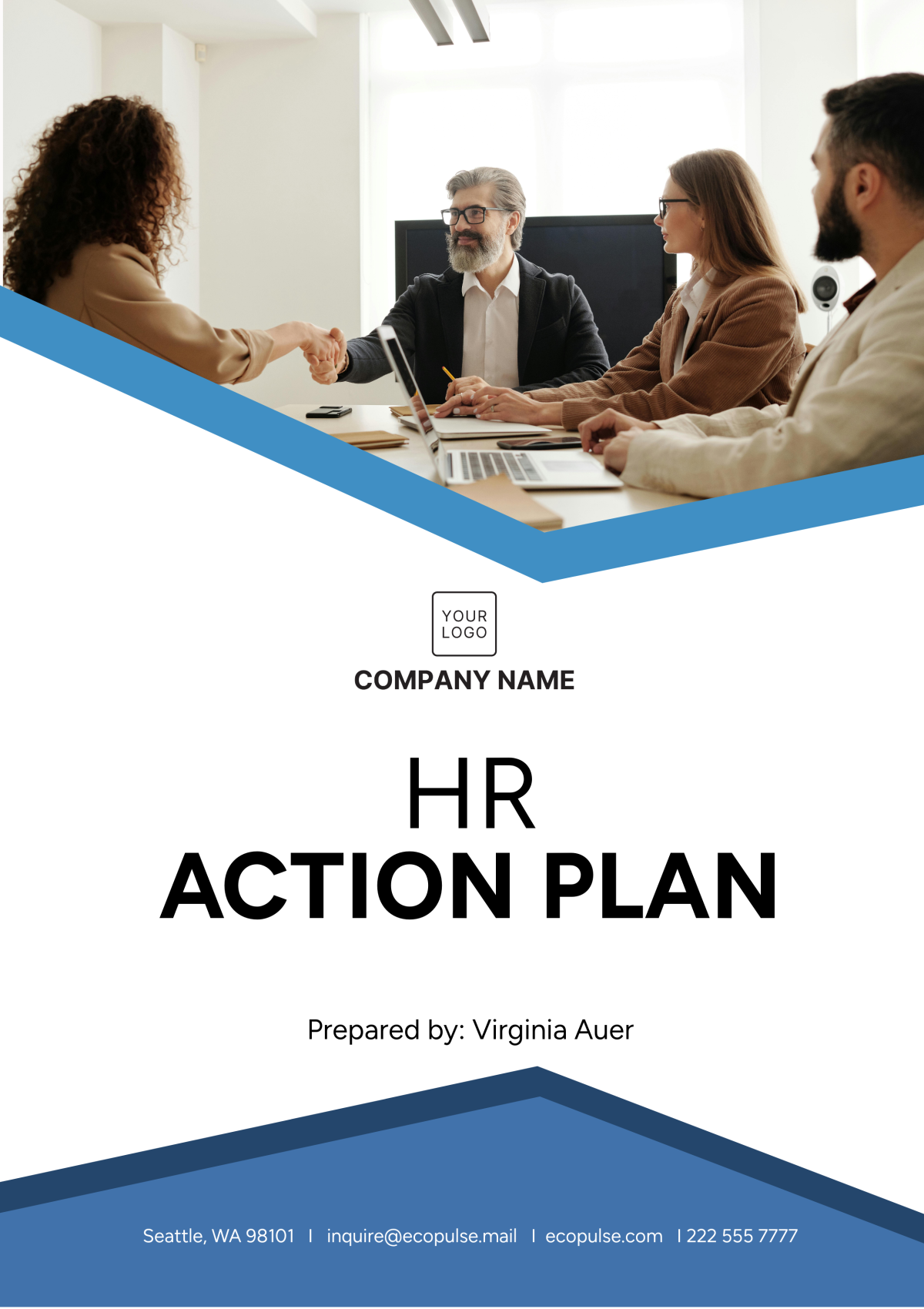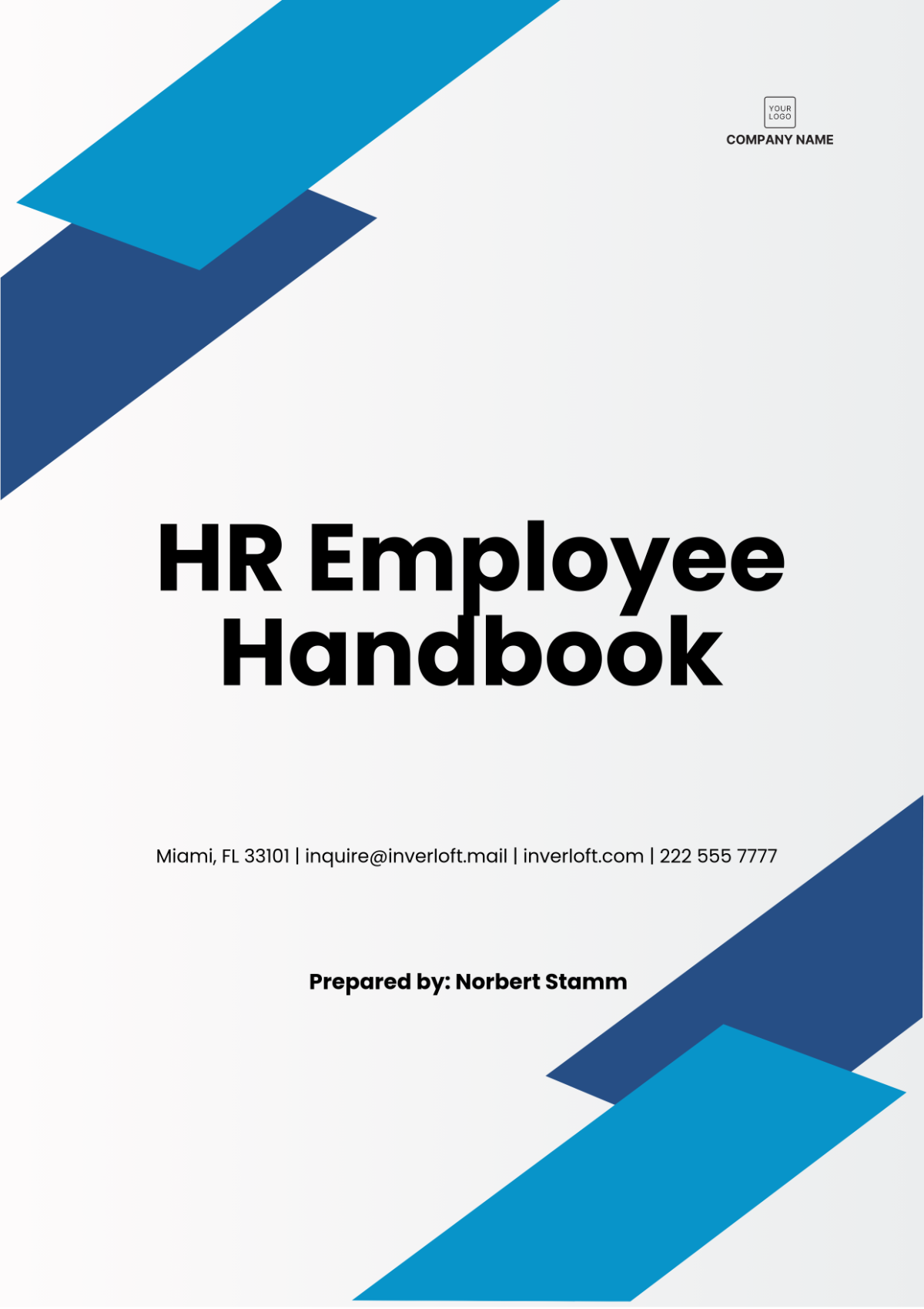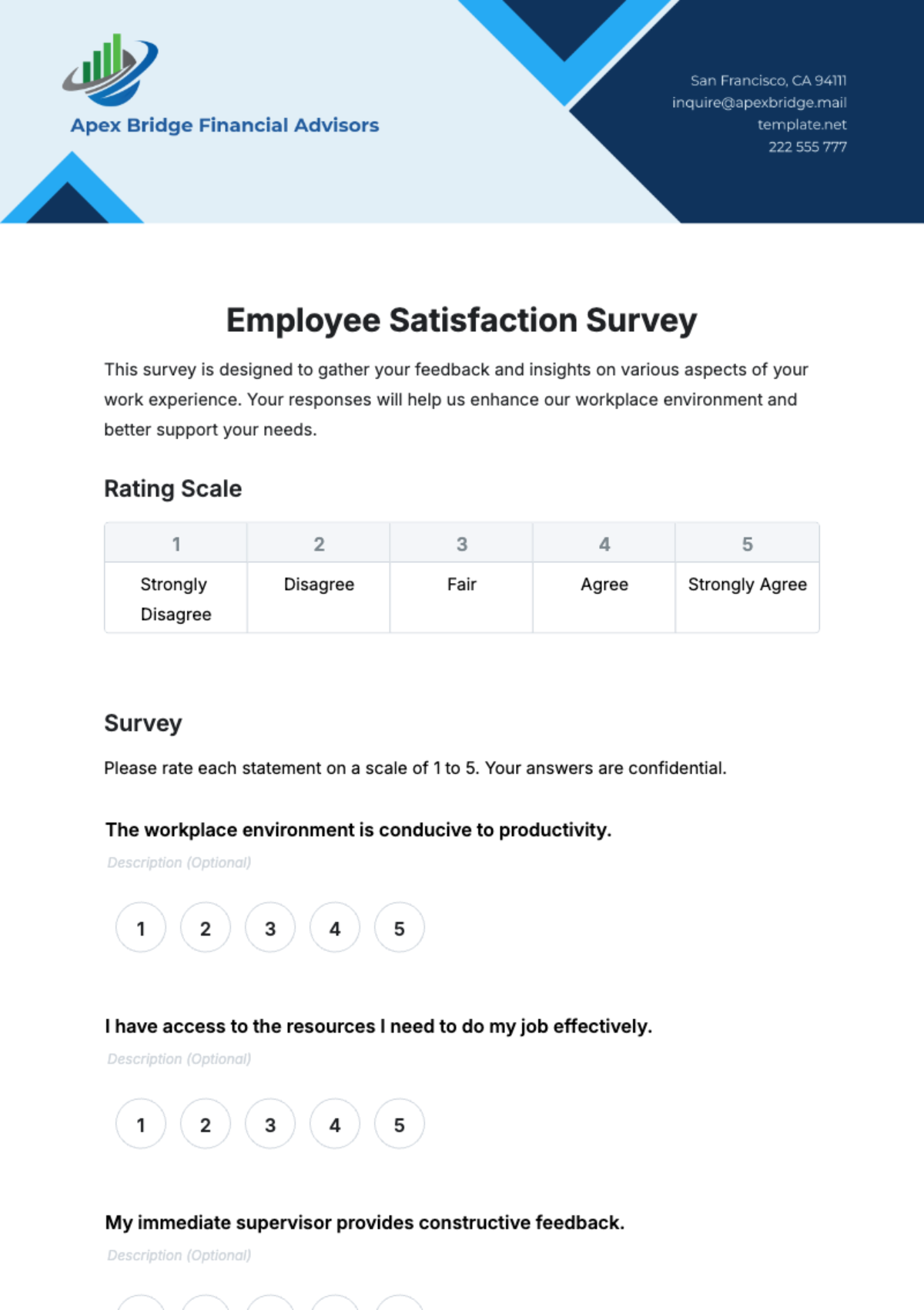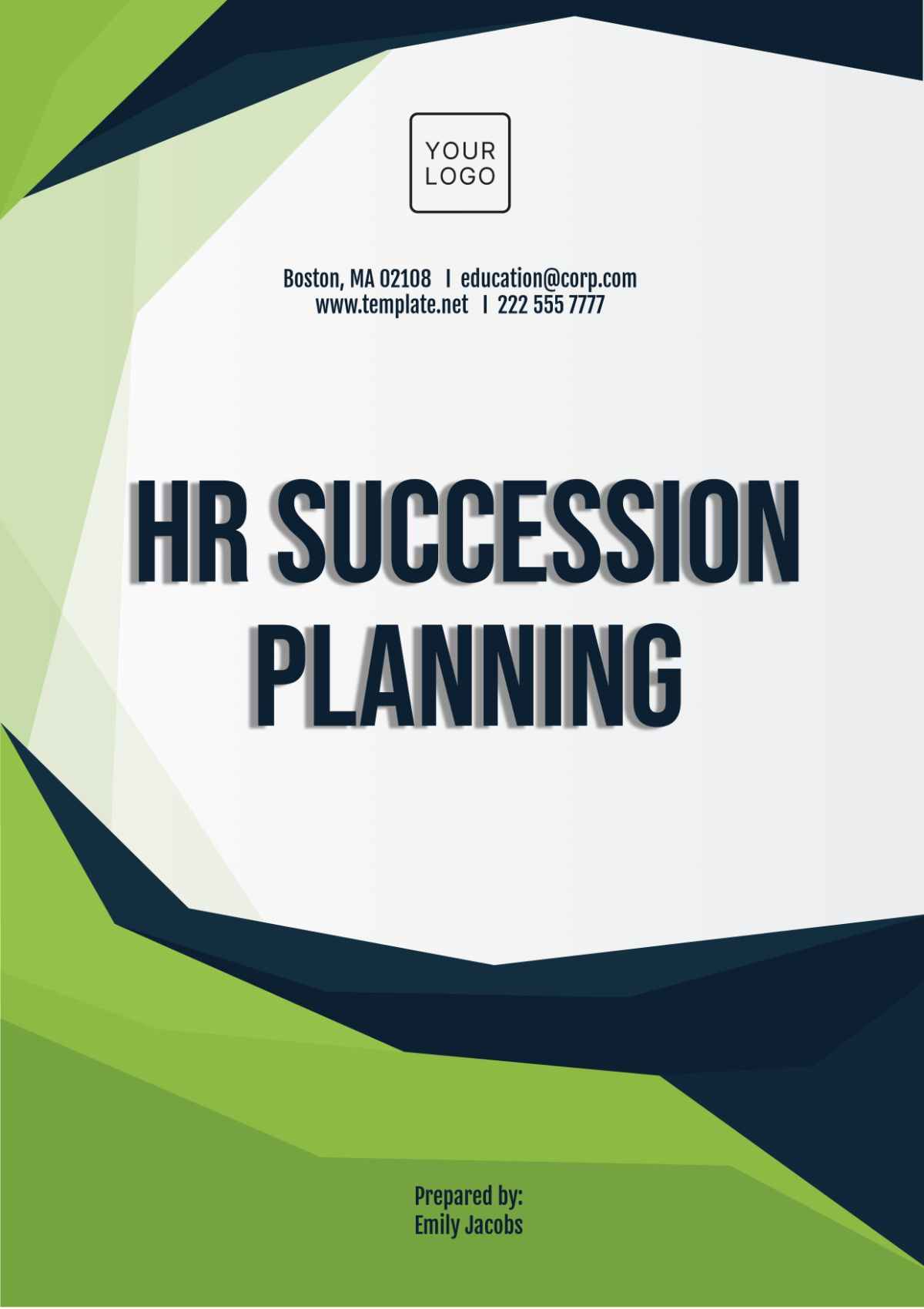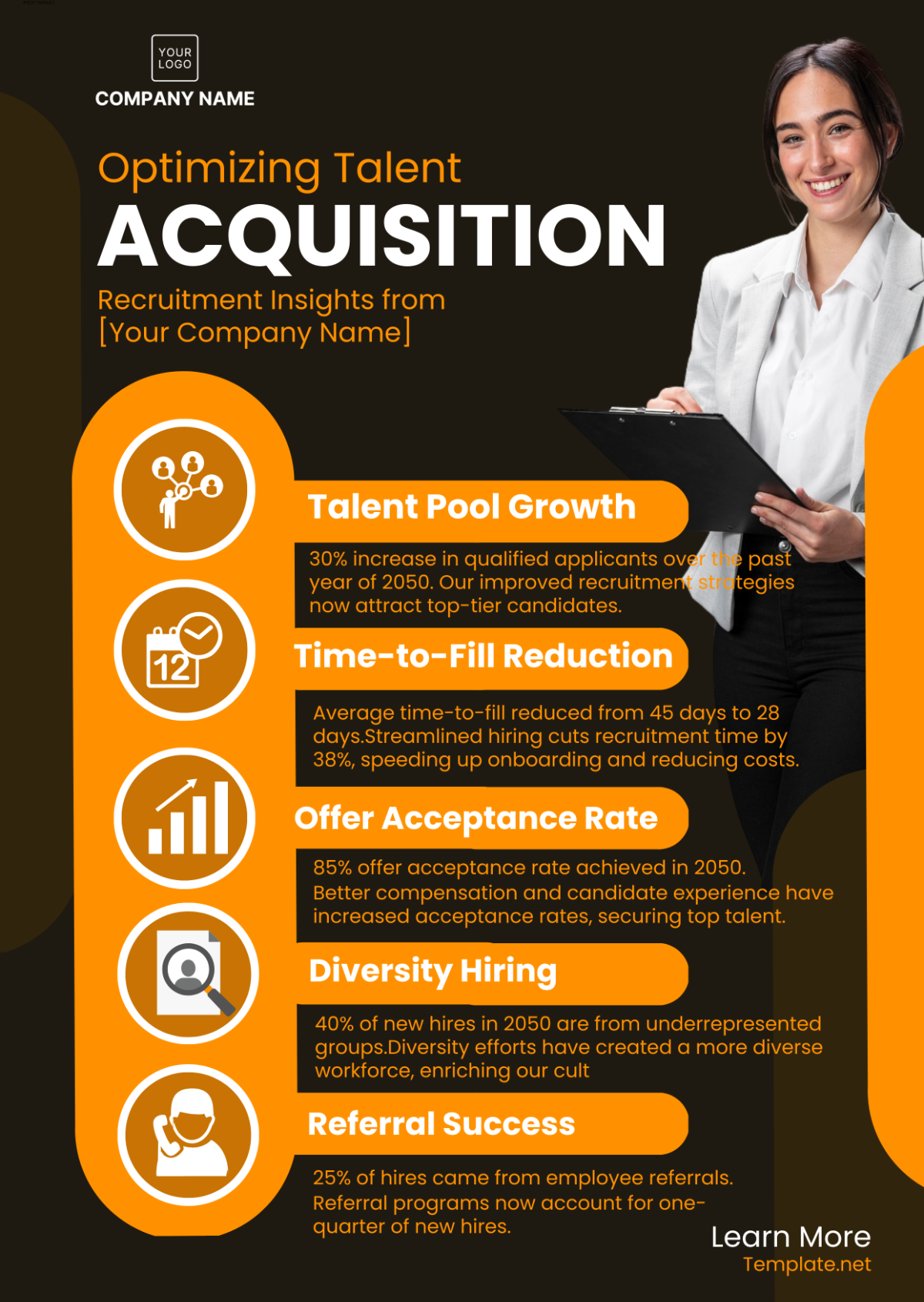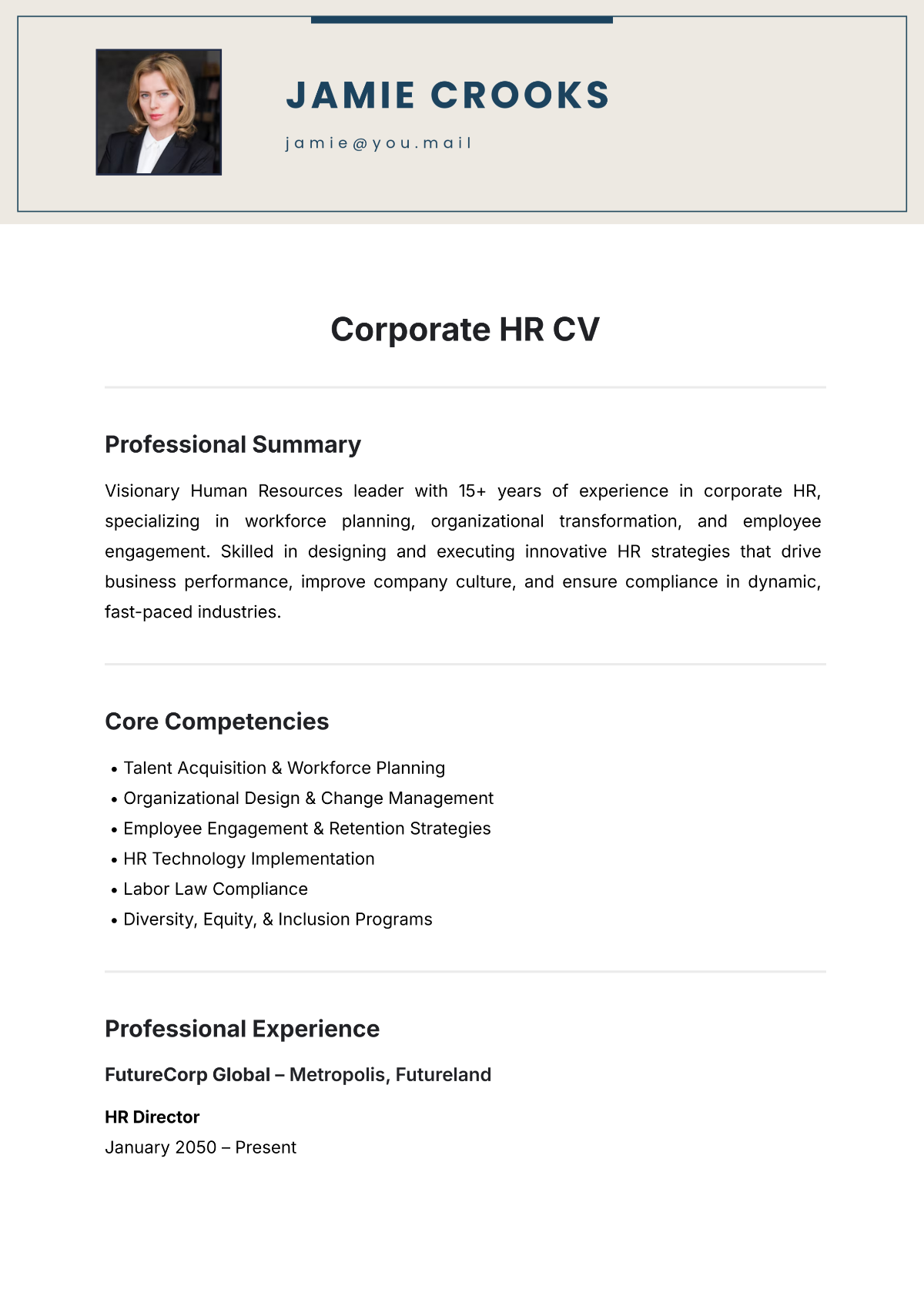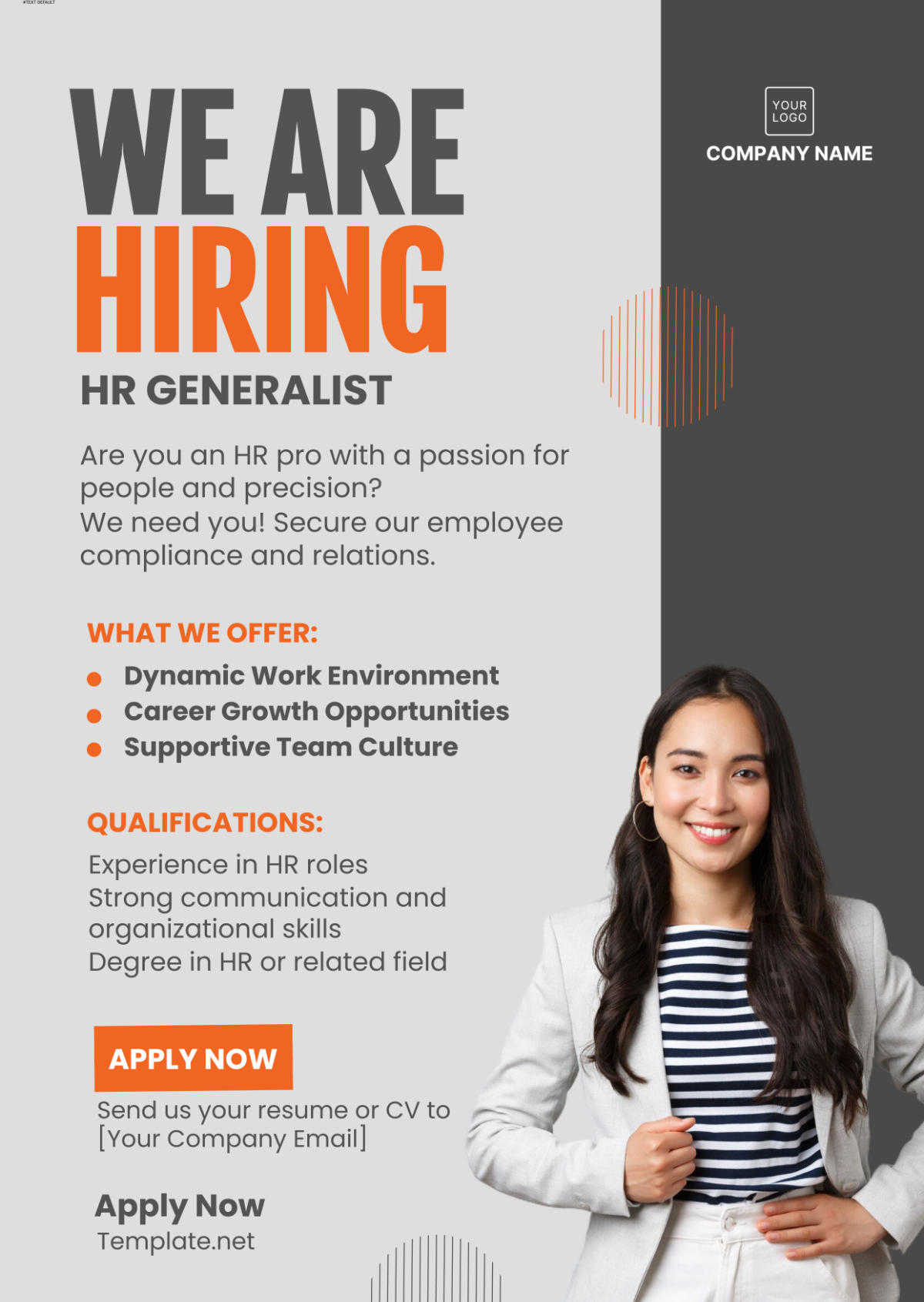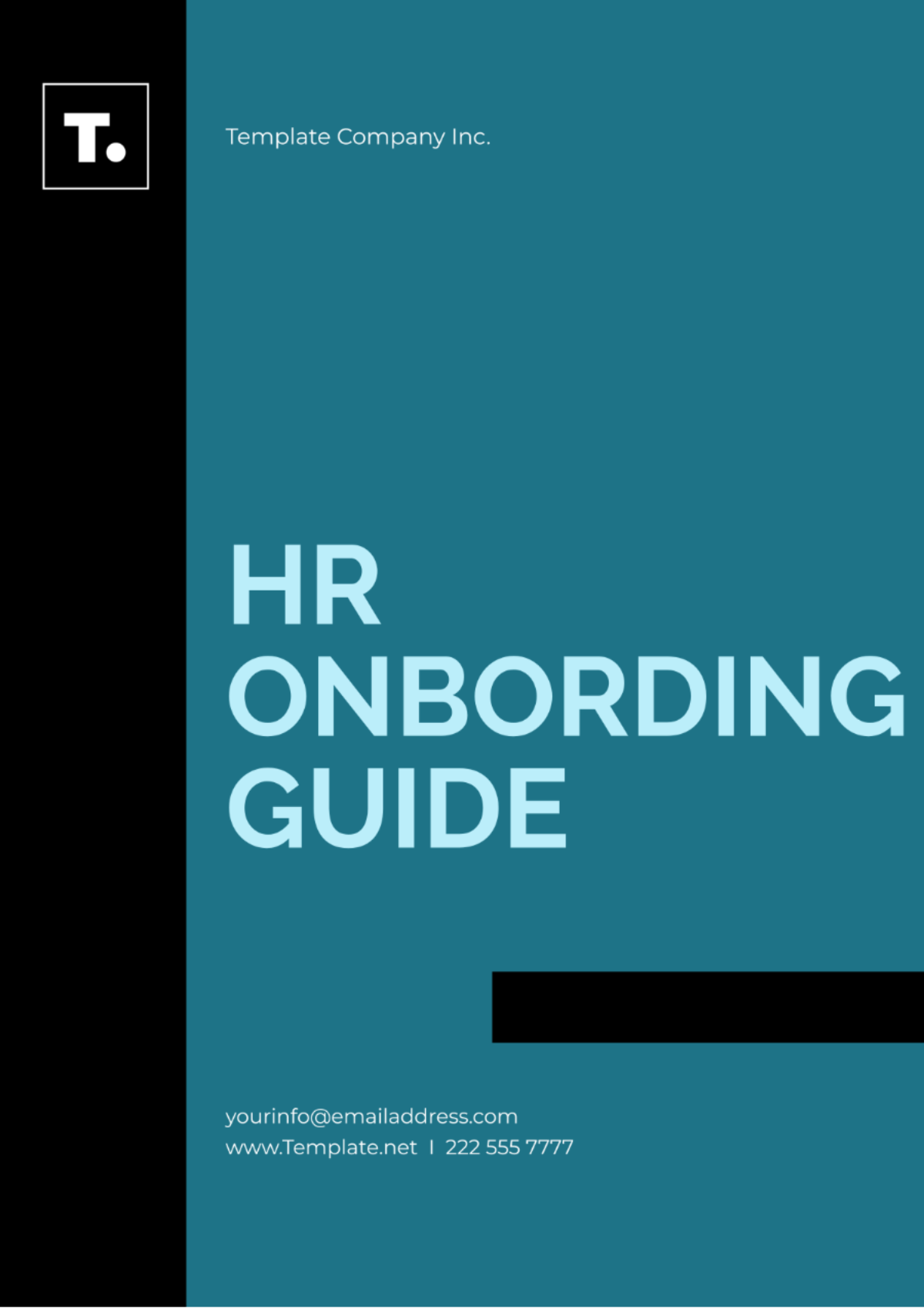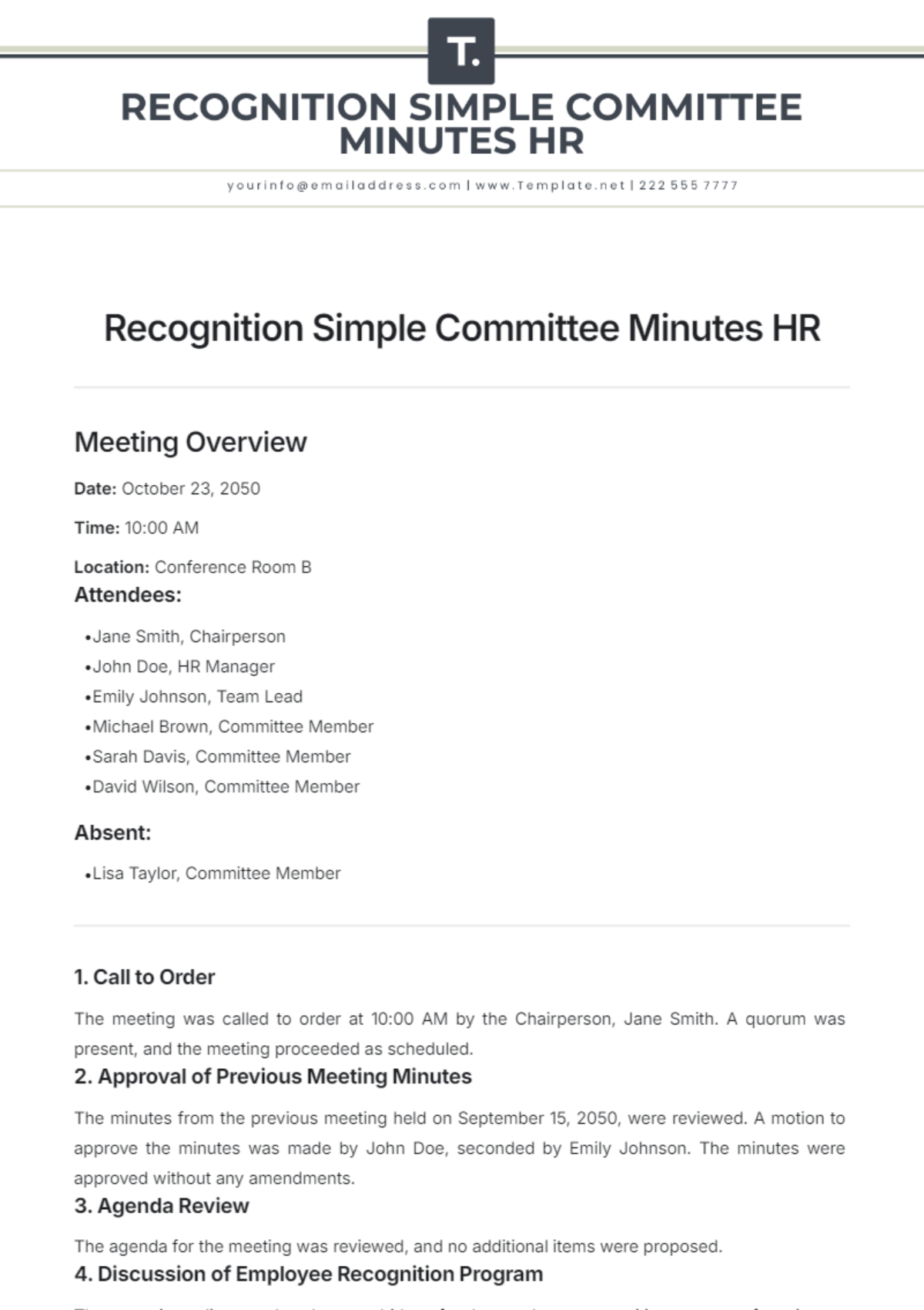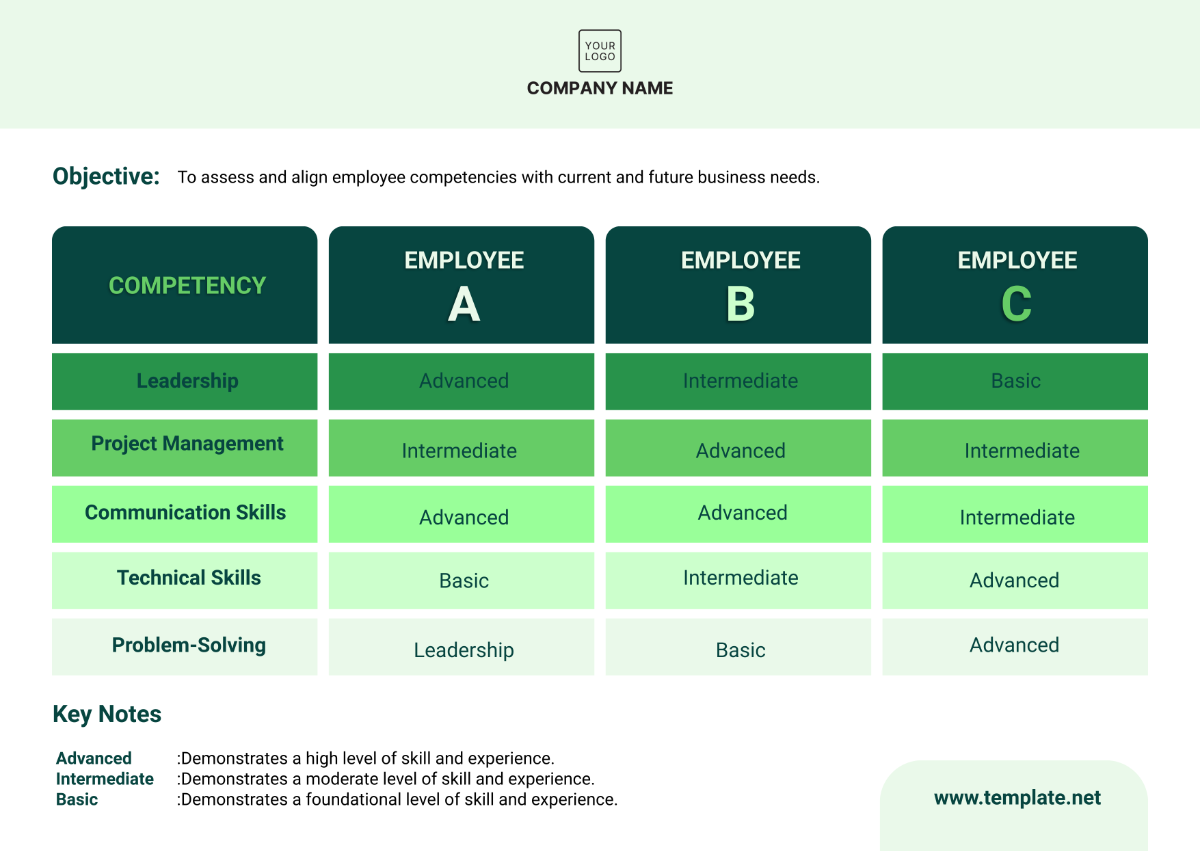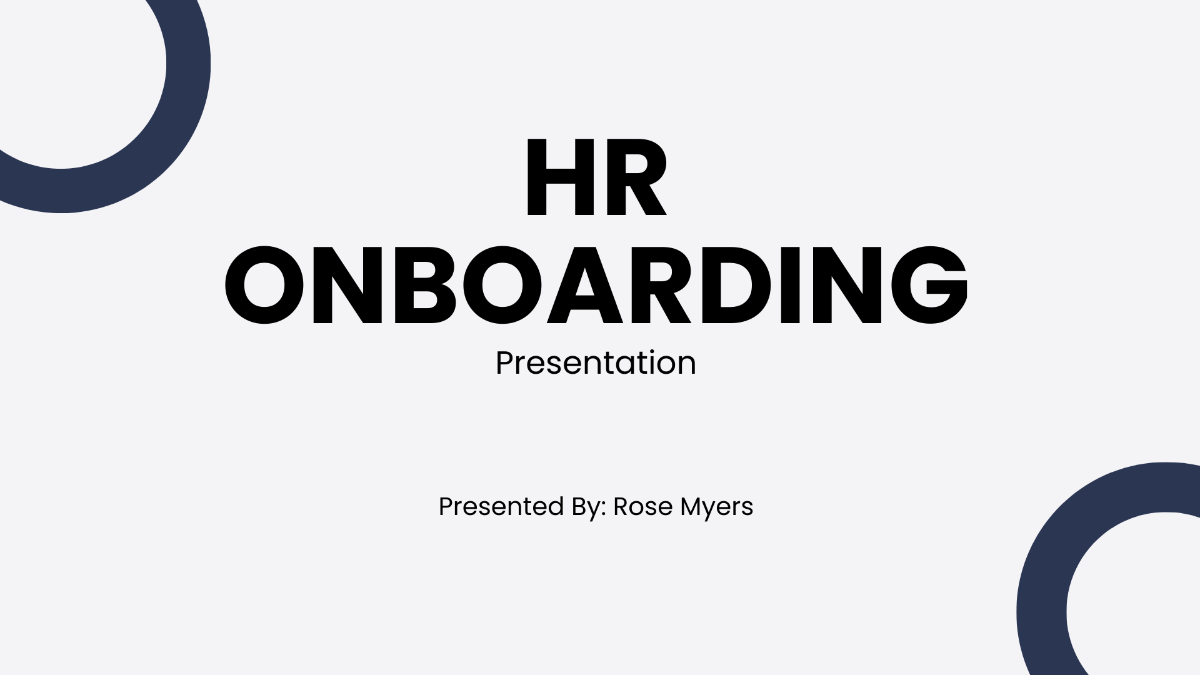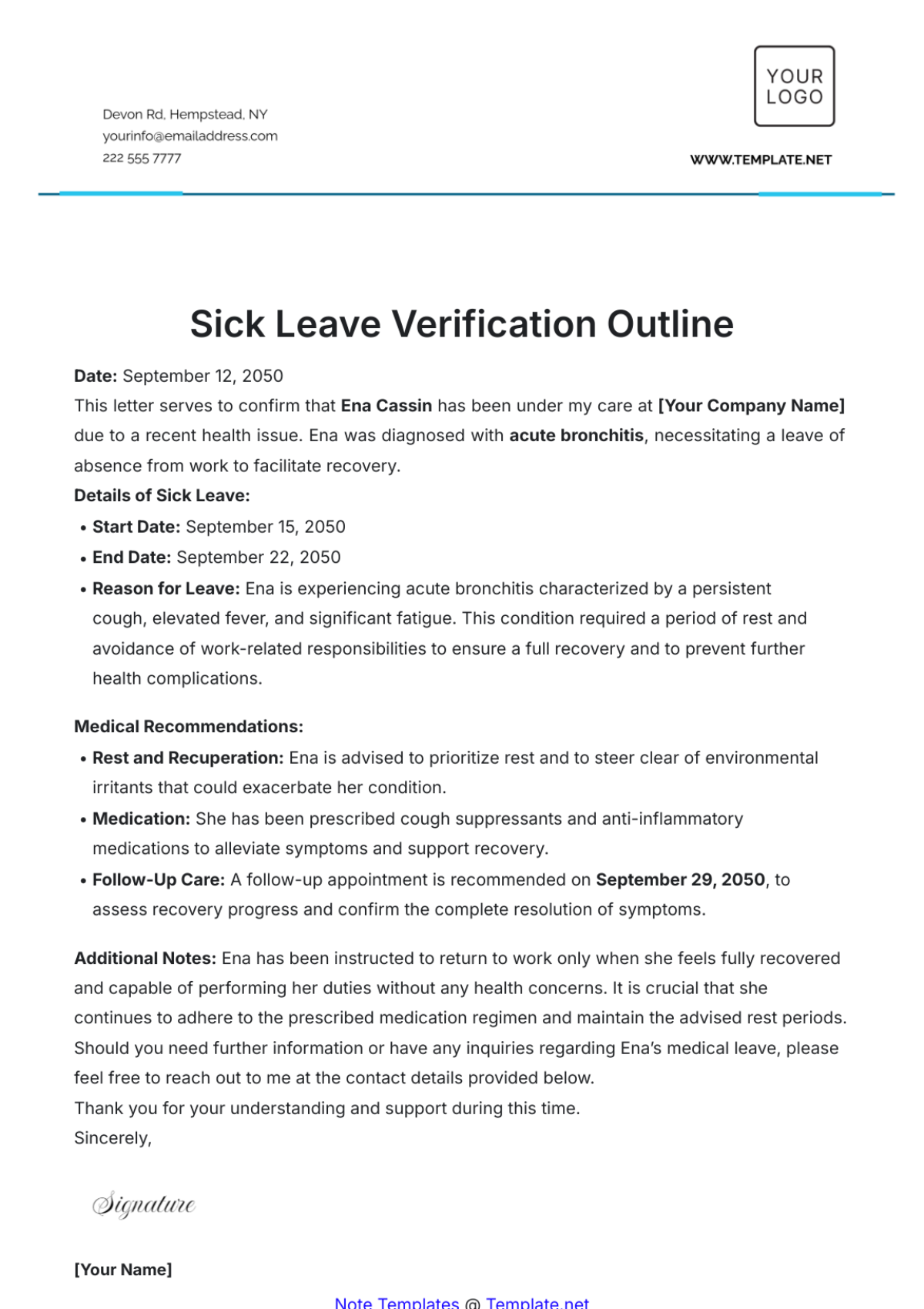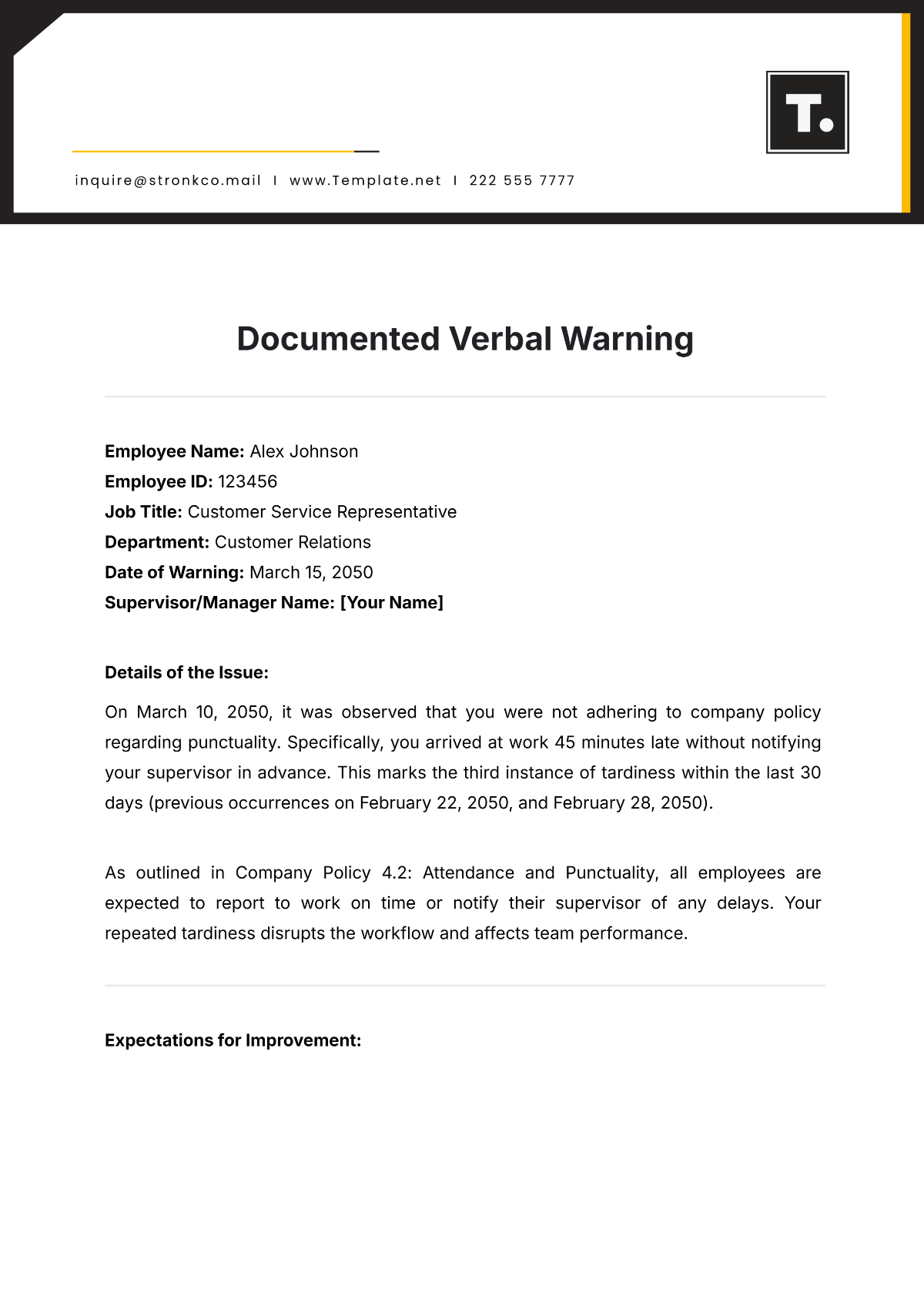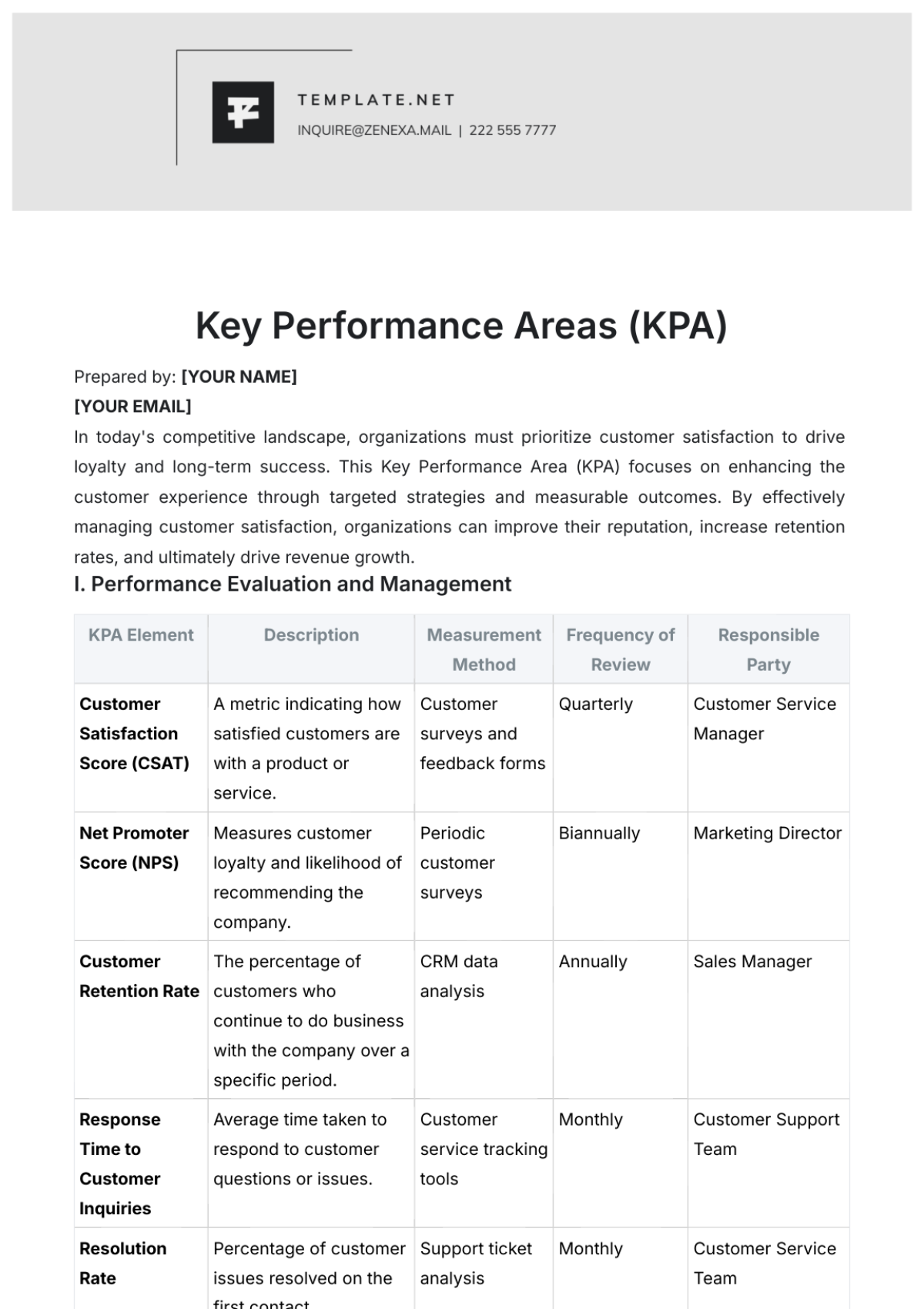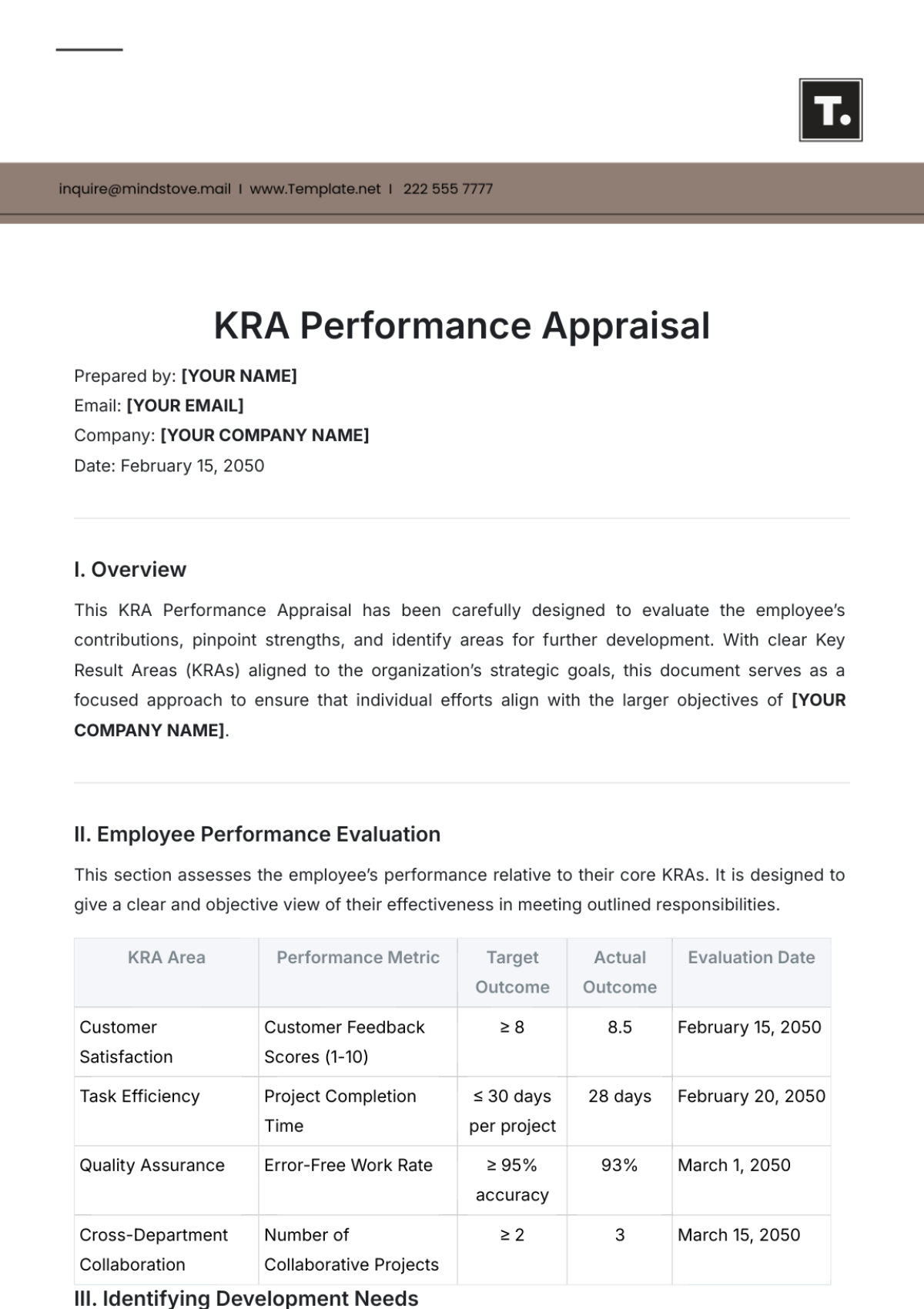Quarterly Performance Review Curriculum
TABLE OF CONTENTS
Introduction.................................................................................................3
Schedule and Deadlines.............................................................................3
Performance Metrics and Standards........................................................4
Self-Evaluation Components.....................................................................4
Manager-Evaluation Components.............................................................6
Peer Feedback............................................................................................7
Performance Improvement Plans..............................................................8
Review Consolidation and Feedback Session.........................................9
Curriculum Review and Feedback...........................................................10
Conclusion..................................................................................................11
Introduction
At [Your Company Name], we recognize that our employees are our greatest asset, and their growth translates directly into the company's success. With this principle in mind, our quarterly performance review process is not merely an assessment; it's an investment in the future.
Through this comprehensive curriculum, we aim to foster a transparent and constructive dialogue between managers and their teams. This iterative process will highlight achievements, identify areas of improvement, and most importantly, pave the way for both individual and organizational growth.
Schedule and Deadlines
In the bustling day-to-day operations of our company, it's crucial to have well-structured timelines that cater to the intricate process of performance review. This schedule is intentionally designed to ensure that all parties involved have ample time for reflection, preparation, and feedback.
Quarter | Review Start Date | Self-Evaluation Start | Self-Evaluation Deadline |
Q1 | 2051-04-01 | 2051-04-05 | 2051-04-10 |
Q2 | 2051-07-01 | 2051-07-05 | 2051-07-10 |
Q3 | 2051-10-01 | 2051-10-05 | 2051-10-10 |
Q4 | 2052-01-01 | 2052-01-05 | 2052-01-10 |
Quarter | Manager Evaluation Start | Manager-Evaluation Deadline | Feedback Session Date |
Q1 | 2051-04-12 | 2051-04-20 | 2051-04-30 |
Q2 | 2051-07-12 | 2051-07-20 | 2051-07-30 |
Q3 | 2051-10-12 | 2051-10-20 | 2051-10-30 |
Q4 | 2052-01-12 | 2052-01-20 | 2052-01-30 |
Note: The span between the Self-Evaluation and Manager Evaluation start dates is to allow for any necessary clarifications or additional input from the employee before managers begin their evaluations.
Performance Metrics and Standards
Our metrics are designed to capture the essence of what makes a contribution meaningful. As we navigate through our corporate journey, it's crucial that our benchmarks reflect a balanced blend of quantitative rigor and qualitative essence. Here's how we measure success:
Metric | Description | Measurement Tool |
Task Completion Rate | Achieve a 95% rate of assigned task completion. | Project Management SW |
Collaboration and Teamwork | Maintain an average score of 4/5 or above. | Peer Feedback |
Innovation Initiatives | Initiate or contribute to at least 2 innovative projects/ideas per quarter. | Idea Submission Portal |
Customer Feedback Score | Achieve an average score of 4.5/5 or higher across all interactions. | Customer Survey |
Professional Development Hours | Dedicate at least 10 hours/Q to professional growth. | HR Records |
Through these performance metrics and standards, we aim to create a holistic portrait of an employee's contributions, ensuring that each individual is not just meeting expectations but is also aligned with the ethos and aspirations of [Your Company Name].
Self-Evaluation Components
We believe that empowering our employees to evaluate their own performances is the cornerstone of true development. By critically examining your journey over the past quarter, you not only gain insight into your strengths and areas of improvement but also actively partake in charting the course for your future here. To this end, our self-evaluation encompasses:
Achievement Highlights
Top Three Achievements: Reflect on your standout moments that added value to your role and the company.
Impact Analysis: For each achievement, briefly discuss the impact it had on the team, project, or overall business objective.
Challenges and Learning Experiences
Obstacles Encountered: Outline any significant challenges you faced during the quarter.
Problem-solving Approach: Describe the strategies or skills you employed to overcome them.
Learnings: Detail what you've learned from these experiences and how they've fostered your growth.
Vision for the Coming Quarter
Forward-looking Goals: Define at least two major objectives you aim to achieve in the next quarter.
Actionable Steps: For each goal, delineate the steps you plan to undertake to ensure its accomplishment.
Professional Development Journey
Skill Enhancement: List any courses, workshops, or seminars attended and how they've augmented your professional skill set.
Future Endeavors: Highlight any additional training or certifications you are considering for the upcoming months to further your expertise.
By embracing this comprehensive self-evaluation process, you become an active participant in your professional narrative, steering your career in directions that resonate with both your aspirations and [Your Company Name]'s vision.
Manager-Evaluation Components
The Manager-Evaluation process isn't just about assessing performance; it's about fostering an environment of growth, understanding, and mutual respect. To offer a comprehensive and constructive review, we've structured the evaluation around the following pillars:
Holistic Performance Rating (1-5):
Quantitative Assessment: Rate the employee's overall performance based on set metrics, deliverables, and KPIs.
Qualitative Insights: Beyond the numbers, provide an assessment based on soft skills, attitude, and overall contribution to the team dynamics.
Areas of Distinction:
Strength Identification: Spotlight areas where the employee has excelled, showcasing expertise, initiative, or extraordinary effort.
Impact Commentary: Offer insights into how these strengths benefited the team, project, or overall company objectives.
Growth Opportunities:
Constructive Feedback: Identify areas where there's room for improvement or enhancement, ensuring that the feedback is actionable.
Support Strategy: Suggest potential training, resources, or mentorship programs that can aid the employee in addressing these areas.
Future Vision and Alignment:
Pathway Discussion: Share insights into how the employee's current trajectory aligns with team and company goals.
Opportunities Ahead: Highlight potential roles, projects, or responsibilities that the employee can aspire to in the upcoming quarters.
By refining our Manager-Evaluation process, we aim to ensure that feedback is not just a retrospective look but also a forward-thinking tool, aligning individual aspirations with the strategic vision of [Your Company Name].
Peer Feedback
At [Your Company Name], we recognize that the work environment is a dynamic interplay of relationships, collaboration, and shared experiences. Who better to provide valuable insights into an employee's performance than those who work side-by-side with them on a daily basis? Peer feedback isn't just about gauging proficiency; it's a rich tapestry of shared narratives, capturing the essence of teamwork, communication, and mutual growth.
Core Principles of our Peer Feedback Strategy:
Transparency with Confidentiality
Feedback is candid but always respectful.
Identities of those providing feedback remain anonymous to promote honesty without fear of retribution.
Focus on Constructive Insights
Encouragement to highlight strengths as well as areas for growth.
Suggestions should be actionable and aimed at mutual improvement.
Collaborative Spirit
Feedback should emphasize teamwork and shared goals.
Highlight moments of synergy, collaboration, and instances where teamwork led to enhanced results.
Continual Learning and Improvement
Peers are encouraged to suggest areas where they believe their colleague could benefit from training or skill enhancement.
Sharing of resources, courses, or workshops that might be beneficial.
Ease of Process
A user-friendly digital platform to submit feedback.
Regular reminders and a structured timeline ensure timely submissions without being burdensome.
Consolidation and Reflection
Post the feedback collection, HR teams will consolidate insights and present them in a manner that's insightful and easy to digest. This compilation will form a pivotal component of the overall performance review, ensuring that every voice, every perspective, is woven into the tapestry of feedback.
By deepening our commitment to the Peer Feedback process, we're not only nurturing professional growth but also reinforcing the core values of mutual respect, collaborative spirit, and shared vision that underpin the ethos of [Your Company Name].
Performance Improvement Plans
We firmly believe that every individual possesses unique strengths and the potential for greatness. Occasionally, there may be phases where performance might not align with organizational standards or personal benchmarks. This is where the Performance Improvement Plan (PIP) comes into play, not as a punitive measure, but as a structured support system to guide and uplift.
Core Elements | Details |
Clear, Defined Objectives | Objectives are outlined with specific examples and follow the S.M.A.R.T criteria. |
Customized Support Mechanisms | Resources like mentorship programs and training sessions. |
Feedback and Review Loop | Scheduled review meetings for progress discussions and open dialogue emphasis. |
Timeline and Duration | Flexibility based on individual circumstances. |
Outcome Scenarios | Successful completion acknowledgments and strategies. |
Ensuring a Positive, Empathetic Approach:
Our focus throughout the PIP process is to create an atmosphere of understanding and positivity. We acknowledge the pressure such plans might exert, so our emphasis is on fostering an environment where the individual feels supported rather than isolated.
Review Consolidation and Feedback Session
The Review Consolidation and Feedback Session stands out as a pivotal moment, symbolizing our collective commitment to growth, understanding, and future-readiness. It’s not just about looking back but, more importantly, about envisioning the road ahead.
Holistic Data Compilation
We integrate insights from diverse sources such as self-evaluations, manager evaluations, peer feedback, and concrete performance metrics. This comprehensive approach allows us to perform trend analysis, identifying both strengths and areas of focus, offering a more enriched context for discussions.
Feedback Environment Creation
The setting for these sessions is chosen meticulously to ensure it's comfortable and non-threatening, fostering an atmosphere of trust. We approach the conversation with empathy, always framing the dialogue in the light of growth and untapped potential.
Structured Communication
In every session, we start by celebrating achievements and recognizing strengths. This positive beginning ensures that when we discuss areas of improvement, the feedback remains clear, specific, and constructive, aimed at fostering development rather than casting criticism.
Future Planning and Goal Setting
Aligning individual aspirations with the larger vision of [Your Company Name] is crucial. In these sessions, we collaboratively craft this shared vision for the future and discuss resources, courses, or training that might aid in its realization.
Open Floor Discussion
We always allocate time for employees to voice their reflections, concerns, or aspirations. This two-way dialogue ensures that challenges are not just identified but are also addressed through collaborative problem-solving.
Concluding with Clarity and Motivation
After our discussions, each employee receives a detailed document summarizing the session's key points. This includes their accomplishments, feedback received, and goals set for the next period. Our intention is for every individual to conclude the session with a renewed sense of purpose, clarity about their trajectory, and invigorated motivation for the upcoming quarter.
Curriculum Review and Feedback
Our Quarterly Performance Review Curriculum remains relevant, impactful, and aligned with our core objectives. Just as we evaluate our team members, it is equally crucial to assess the tools and metrics we use, ensuring they reflect the current needs and aspirations of our workforce.
Continuous Assessment of Relevance: Every tool, metric, or process we incorporate in our curriculum undergoes regular scrutiny. We strive to ensure that each element remains pertinent to the prevailing business context, industry benchmarks, and our organizational ethos.
Gathering Stakeholder Feedback: Recognizing the intrinsic value of diverse perspectives, we actively seek feedback not just from HR professionals and managers but also from the employees who are the subjects of these reviews. Their insights often shed light on areas that might otherwise be overlooked.
Incorporation of Technological Advancements: As technology reshapes the way we operate, it's essential for our curriculum to integrate the latest digital tools and analytics platforms. This not only streamlines the review process but also brings in data-driven precision and objectivity.
Alignment with Organizational Evolution: As [Your Company Name] grows and transforms, our performance parameters and expectations evolve. The curriculum is periodically updated to mirror these changes, ensuring that evaluations remain a true reflection of desired outcomes.
Open Channels for Suggestions: We maintain an always-open digital portal where team members can submit suggestions, concerns, or ideas related to the review curriculum. This democratized approach ensures everyone has a voice in shaping the evaluation processes.
Iterative Improvements: Post-review, the HR team, in collaboration with department heads, conducts a meta-review of the curriculum itself. Insights gathered are used to refine and enhance the framework, ensuring its continuous evolution in line with best practices and internal feedback.
Conclusion
The quarterly performance review curriculum aims to ensure that all employees at [Your Company Name] are provided with clear, timely, and actionable feedback. By adhering to this structured approach, we aim to foster a culture of continuous growth and development.
